
Learning Space
Teachable Moments

Stay Connected

Classroom Activity
Kinesthetic radial model of the solar system.
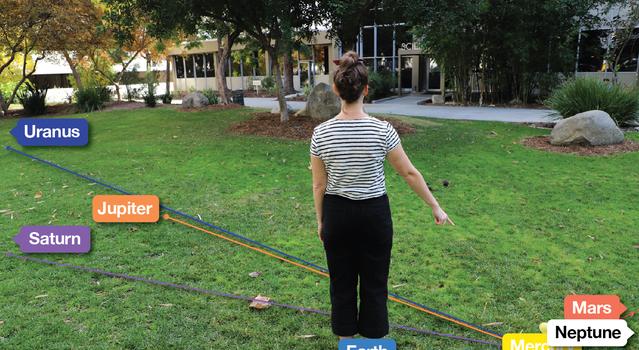
Circular piece of wood or particleboard, 0.5 inches thick and 12 inches in diameter, with a pre-drilled center hole
Wood dowel, at least 6 inches in length, to fit center hole of round wood panel board
Circular protractor
Dark-colored felt-tip permanent marker
Scrap cardboard
Half-inch wood beads to represent planets OR printed images of each planet
Heliocentric longitudes for the planets (search for “planetary heliocentric longitudes” along with the current and upcoming year)
(Optional) wood sphere with a hole for the dowel OR a blank wooden doll head, about 2 inches in diameter
(Optional) paint
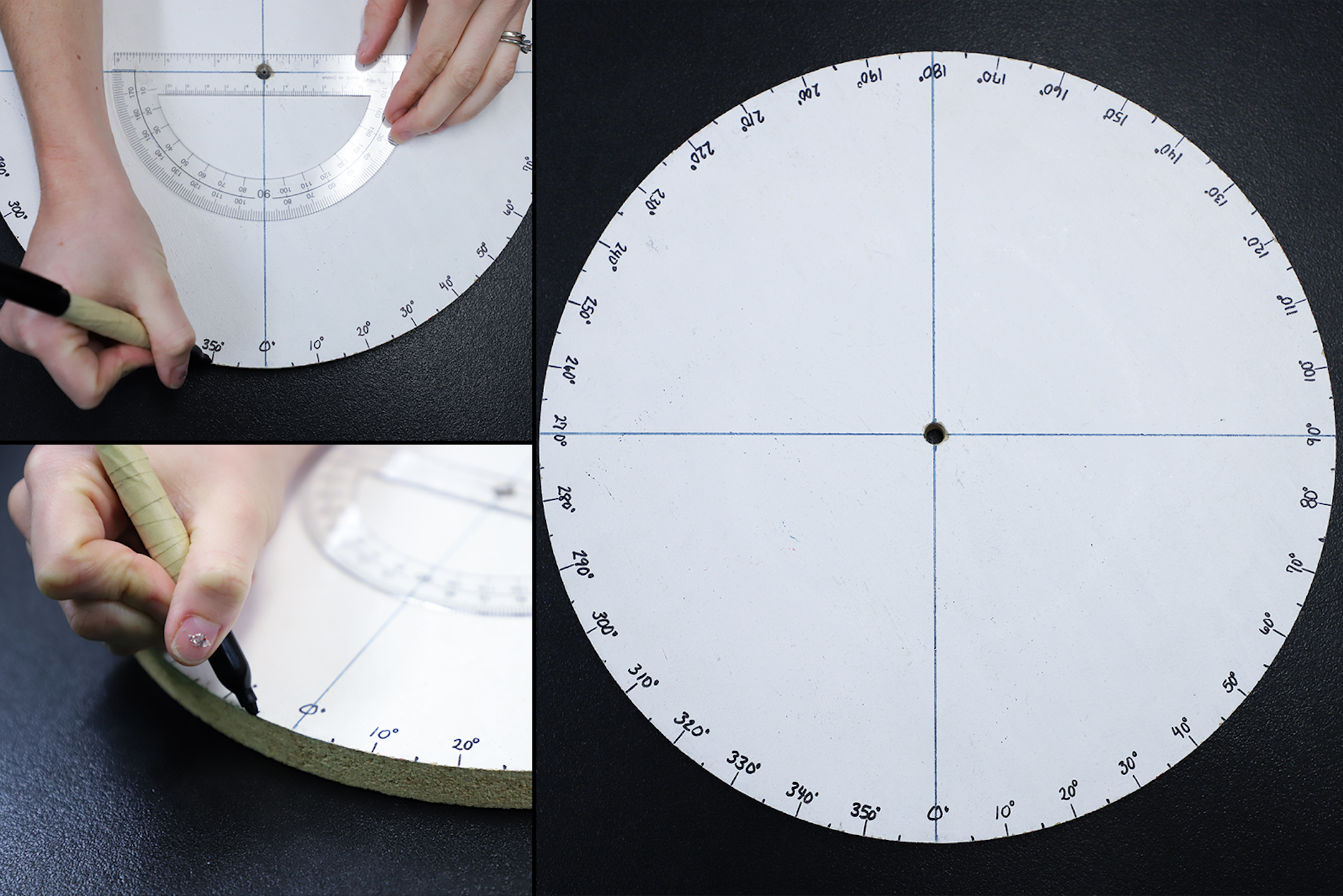
Make a 360-degree calibrated scale. Image credit: NASA/JPL-Caltech | + Expand image
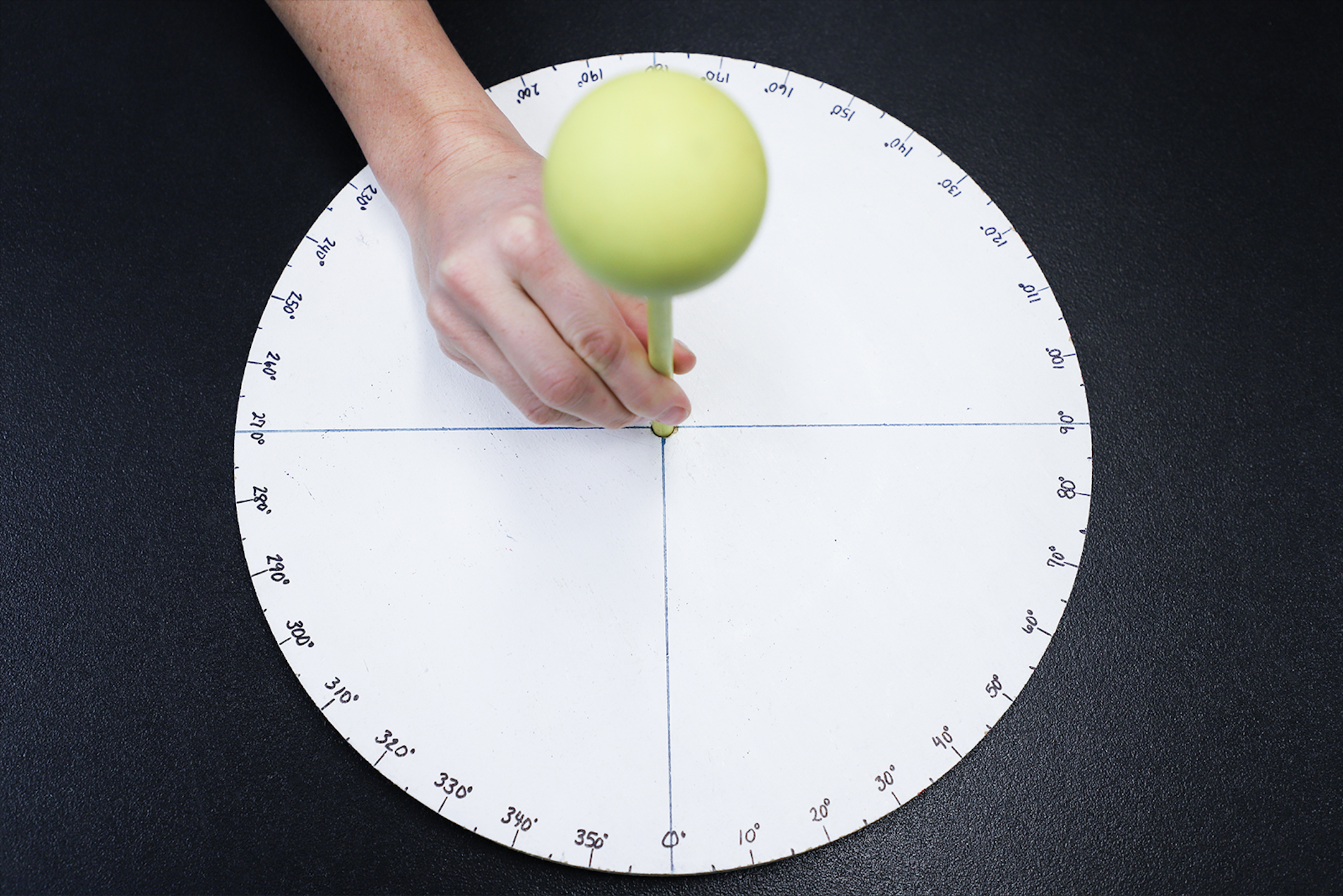
Insert the model Sun into the center of the calibrated scale. Image credit: NASA/JPL-Caltech | + Expand image
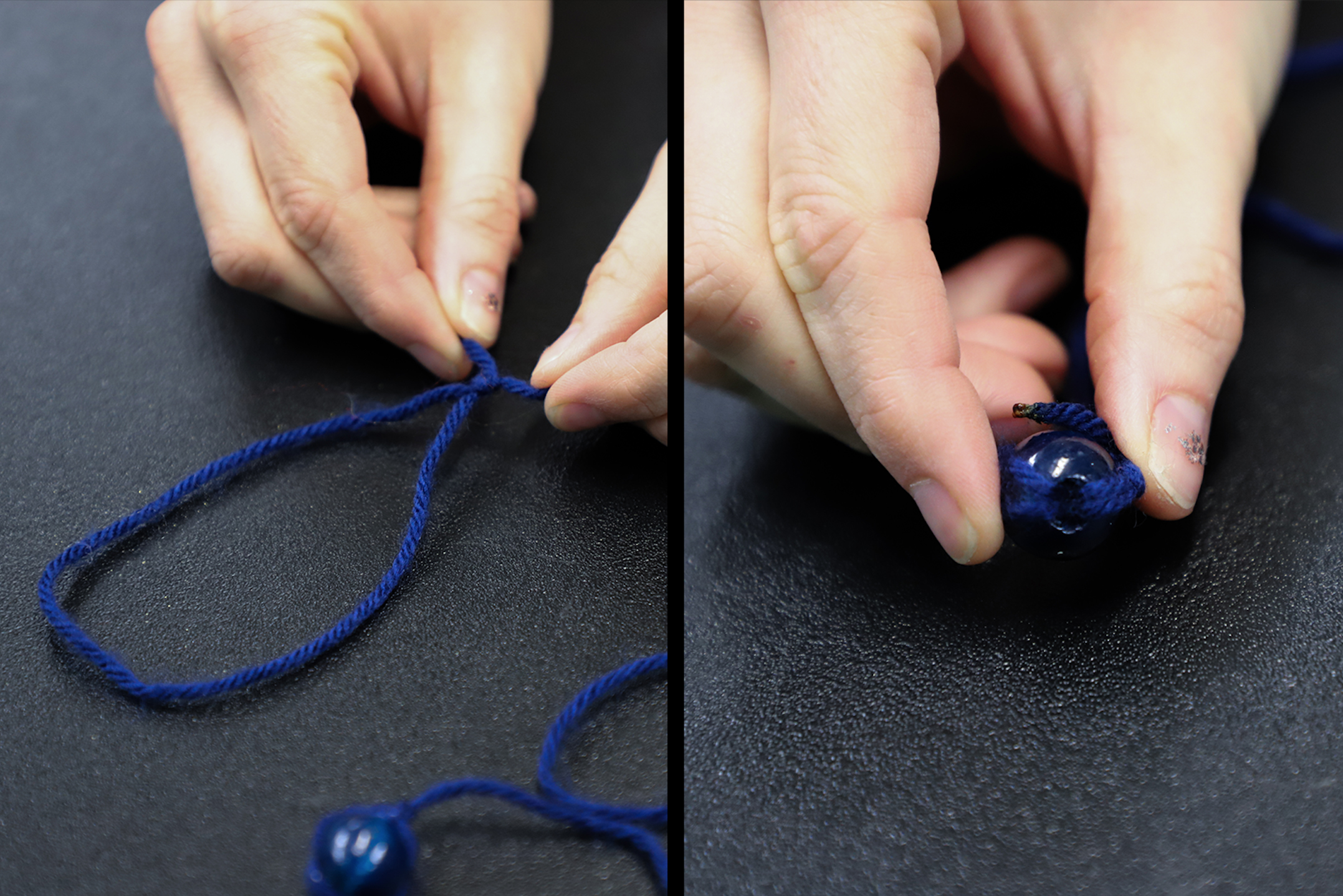
Make a loop at one end of the length of string representing the scale distance to each planet and attach a bead representing the planet to the other end of the string. Image credit: NASA/JPL-Caltech | + Expand image
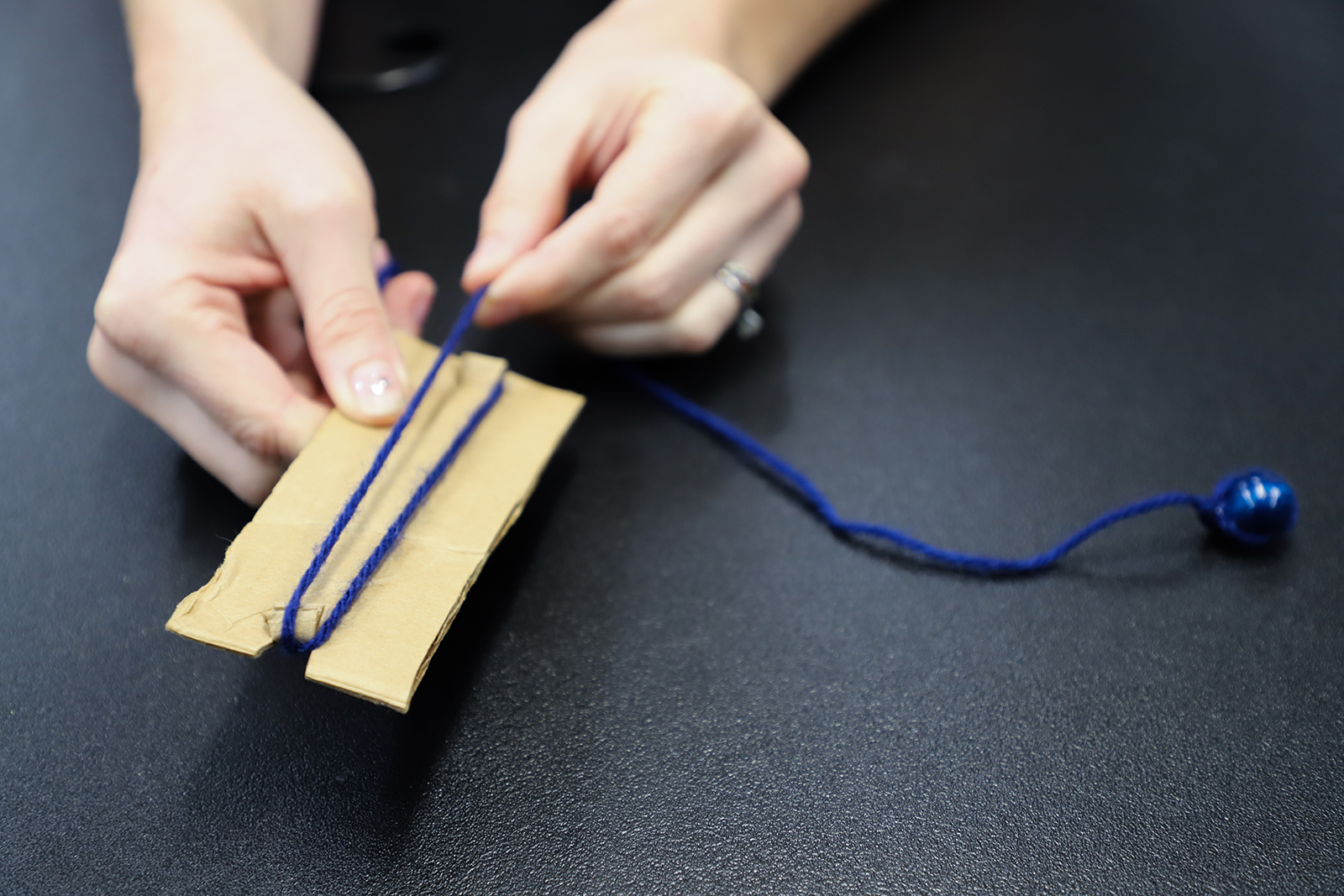
Wrap the string around pieces of cardboard for easy storage. Image credit: NASA/JPL-Caltech | + Expand image
- Use the protractor and felt-tip permanent marker to mark and label every 5 degrees along the circumference of the wood.
- Insert the wood dowel into the pre-drilled hole in the center of the circular piece of wood or particleboard.
- For additional effect, place the wood sphere or blank wooden doll head on top of the dowel to represent the Sun. Paint it yellow, if desired.
- Select an outdoor (or very large indoor) location where a large-scale model of the solar system will fit. Determine the scale of your model based on the longest distance available in the space. For best results, create a scale model that is at least as large as 1 au = 150 cm. A larger model is better for visualizing the planets in the sky. A smaller model will fit better in a smaller space but the inner planets will be too crowded for proper effect.
- Compute the distances to the planets you plan to have students represent with the model. It may be practical to only represent planets that are visible to the unaided eye (up to and including Saturn). Remember that the Sun will be in the middle of your model and planets might be on opposite sides of the Sun.
- Color-coding or otherwise labeling the strings and beads can be helpful in organization.
- For ease of storage, wrap each string around a scrap piece of cardboard labeled with the planet’s name. Alternately, students can work together to cut and tie strings to beads as the first step in the lesson.
- This lesson is most powerful when delivered at a time of year when more than one planet will be visible in the night sky. If you have flexibility on when to deliver this lesson, consider sketching out the radial model for various times of the school year and picking the time that has the most planets visible at night and/or the highest probability of clear skies for viewing.
- If students live in a city with a lot of light pollution, consider doing this activity at a time of year that one of the brightest planets, Venus or Jupiter, will be visible at night.
Many images and scale models of the Solar System represent all the planets in a straight line extending from the Sun. Of course, this isn’t an accurate representation of planets’ positions, as planets orbit the Sun at different rates and can appear at various locations around the Sun.
How big are the planets and how far away are they compared to each other? See how the sizes of planets and the distances between them compare in this video. Credit: NASA/JPL-Caltech | Watch on YouTube
We know the orbits and orbital rates of the planets in our solar system, so we can predict the positions of the planets around the Sun on any given day. These positions can be referenced using a Sun-centered, or heliocentric, longitude system. Heliocentric longitudes are one aspect of an ecliptic coordinate system. The next paragraphs explain the details of this coordinate system. Interest in these details might vary by instructor. A thorough understanding of these details is not necessary for successful lesson delivery.
An ecliptic coordinate system is used for identifying the positions and orbits of objects in the solar system, much the same as lines of longitude and latitude are used to denote the locations of places on Earth.
A zero point for heliocentric longitudes and latitudes must be defined for reference, just as on Earth, where zero degrees latitude is located at the equator and zero degrees longitude is located at Greenwich, England. Zero degrees heliocentric latitude is located on the ecliptic plane – the plane defined by Earth’s movement around the Sun. Zero degrees heliocentric longitude is located at the vernal equinox. The vernal equinox is one of two places on the imaginary celestial sphere where the ecliptic plane intersects the celestial equator, or the projection of Earth's equator into space.
The center of planetary motion is measured from the barycenter , or center of mass, of the solar system, which is very close to the center of the Sun. For practical purposes in this activity, we use the Sun as the center of the heliocentric model.
It is important to note that most celestial motion is counterclockwise as viewed from above. All the planets in the solar system move around the Sun in this manner.
The heliocentric longitude of a planet is the angle, measured in degrees, between the vernal equinox and the planet as seen from the Sun. (In this model, the vernal equinox is an established zero-degrees location on a circular protractor.) It is measured on the ecliptic plane in the orbital direction of the planet, which is counterclockwise as viewed from above.
Knowing the heliocentric longitudes of the planets on a given date and the relative distances of the planets from the Sun, students can create a realistic radial, or circular, model of the Solar System. This model can be used to understand which planets will be visible in the night sky, and when and where they will be visible, as well as why we are unable to see other planets on a given date.
As with most models, this model of the Solar System contains some simplifications for demonstration purposes. As mentioned above, the planets orbit the barycenter, or center of mass, of the solar system, which is a constantly changing location based on the positions of the planets. This model shows the Sun as the center of planetary orbits for simplicity. Additionally, planets orbit the Sun in elliptical paths, not circular paths. In this model, each planet’s orbit is represented as a circle, though some planets and dwarf planets actually have rather eccentric orbits. The radii of the strings in this model represent the average distance between each planet and the Sun. Also, in this model, the planets are all represented on the same plane.
In reality, orbital inclination varies, with some planets and dwarf planets being several degrees out of plane. For example, the orbital inclination of Mercury is 7 degrees, while the orbital inclination of Ceres is 11 degrees, Pluto is 17 degrees, Haumea is 28 degrees, Makemake is 29 degrees and Eris is a whopping 47 degrees.
Making the model
Modeling earth’s rotation and revolution, visualizing planets in the sky.
- If you have not already done so, have students cut strings to represent each planet’s average scaled distance from the Sun. The strings should be long enough that students have space to make a loop on one end of the string that will fit over the model Sun and, on the other end, tie on a wood bead representing a planet. Consider color-coding the strings and beads.
- If strings are already cut, unwind them from their cardboard keepers and have students work as a group to lay them out and determine which string represents which planet. Shorter strings can be easily handled by one student, but longer strings for the outer planets will need at least two students to manage. Note that the beads, being all the same size, are not representative of scale sizes of the planets.
- Insert the dowel and model Sun into the center of the calibrated circular scale and explain the concept of heliocentric longitudes. Explain that the class will be creating a realistic model of the solar system as it appears right now, with planets at a scale distance in their proper locations around the Sun.
- Place the scale on the ground, oriented so that the heliocentric longitude of the most distant planet you’ll be representing points toward a long open space.
- Hand out copies of the heliocentric longitude chart for the current year.
- Appoint a “Sun Keeper” to hold the central shaft representing the Sun steady as the various strings are placed, and to assist with accurate placement.
- Ask for a student volunteer to represent Mercury. Have them retrieve the string for Mercury.
- Ask the class to tell the student representing Mercury the heliocentric longitude of Mercury for the current date. If the current date is not noted on the heliocentric longitude chart, pick the date on the chart that is closest to the current date.
- Have the student place the loop of the string over the Sun, locate the heliocentric longitude on the circular scale and fully extend Mercury’s string along the ground so that it crosses the appropriate longitude on the scale. Have the student place the bead representing the planet on the ground.
- Repeat steps 7-9 for the remaining planets so the entire radial model of the solar system in its current state is represented on the floor.
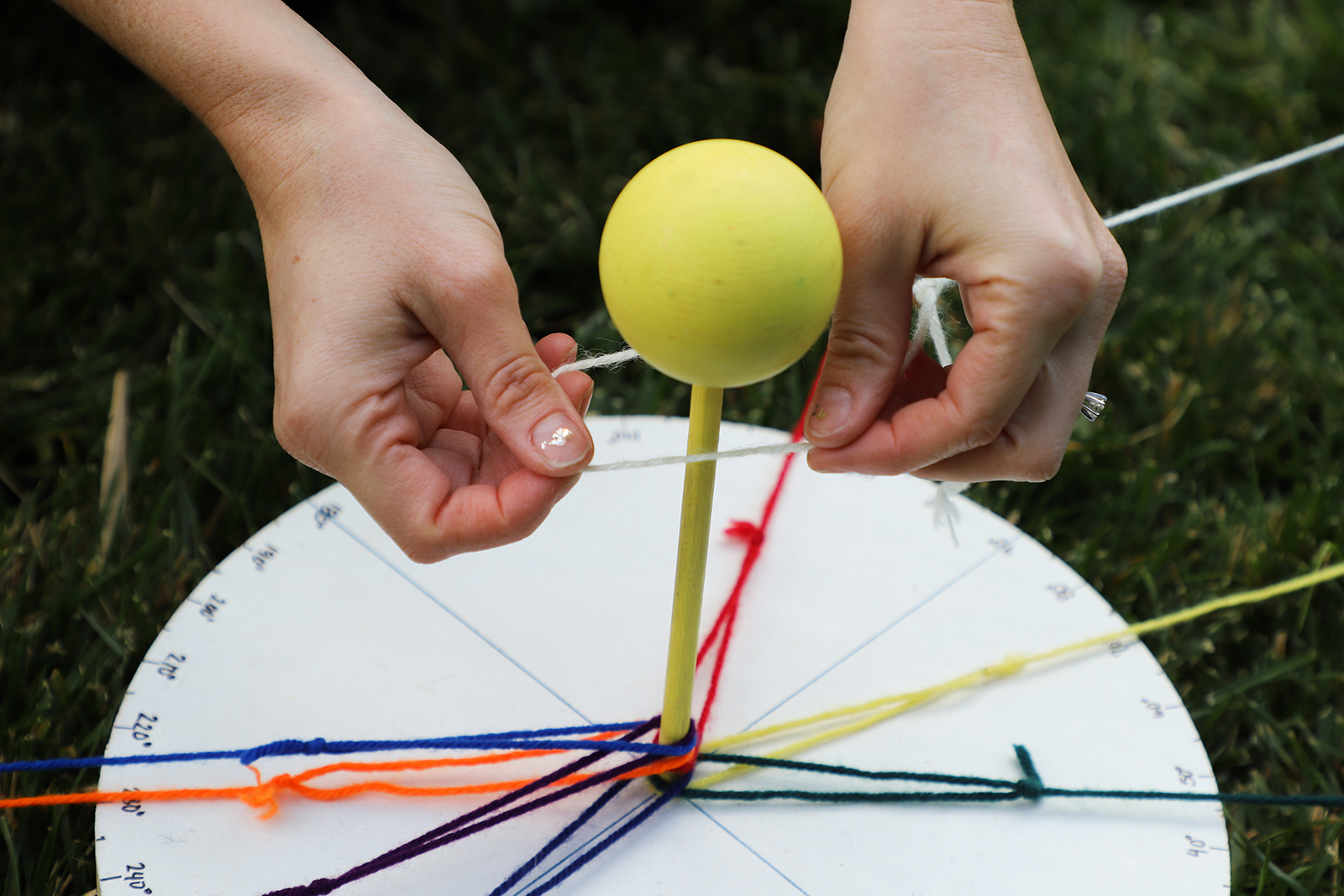
A student places the loop of the string over the model Sun. Image credit: NASA/JPL-Caltech | + Expand image
- Ask the student who represented Earth to stand over the wooden bead representing Earth. Explain to the class that they will be telling the Earth student what to do in response to the questions you ask.
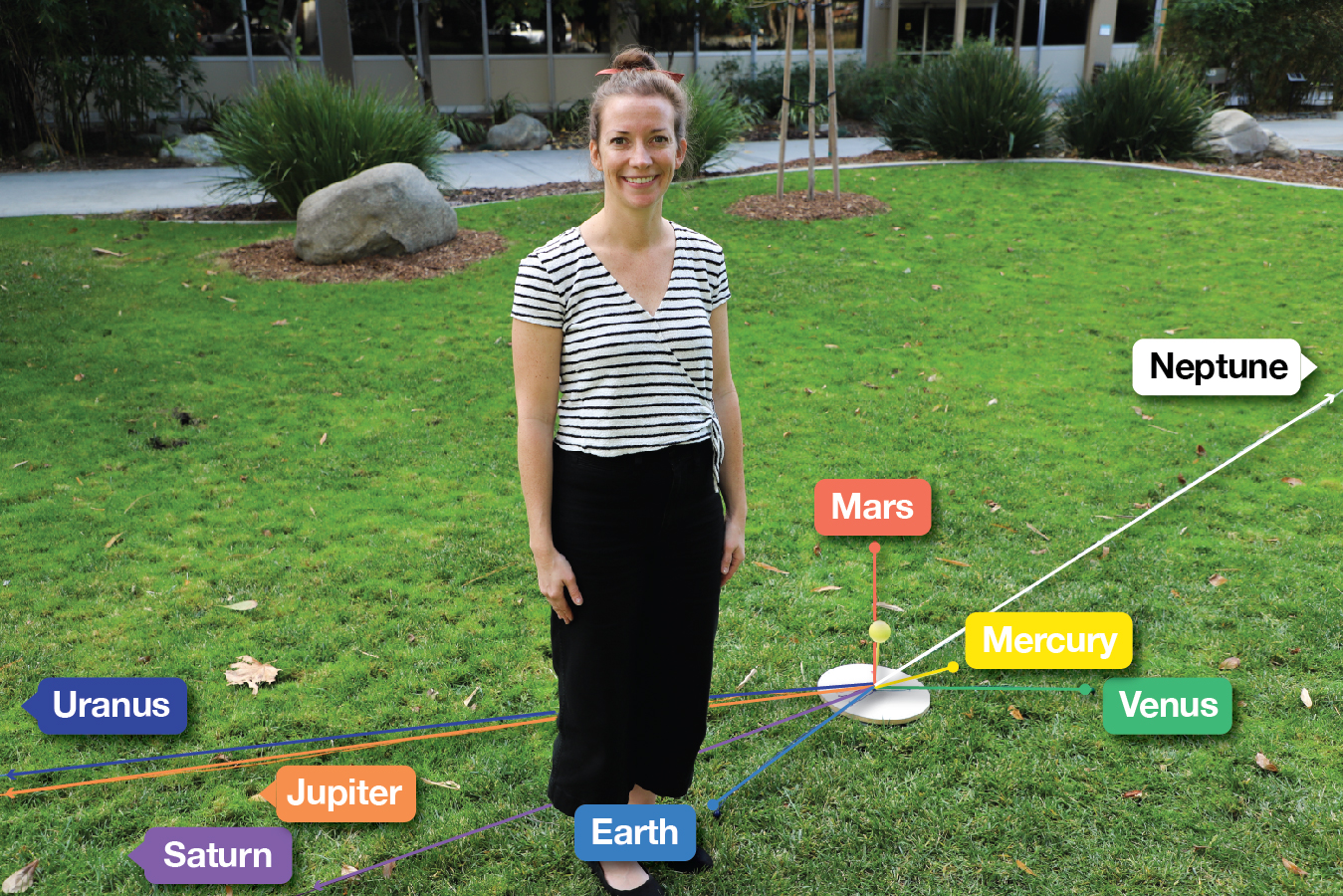
A student stands over the wooden bead representing Earth. Note: Strings in the model have been highlighted for visibility. Image credit: NASA/JPL-Caltech | + Expand image
- Ask the class which way Earth revolves around the Sun. Answer: counterclockwise as viewed from above.
- Have Earth walk one complete revolution around the Sun. Ask students what unit of time this action represents. Answer: One year.
- Ask students what Earth should do to represent one day. Answer: Turn in place, one entire turn, in a counterclockwise direction (as viewed from above).
- Designate the nose of the Earth student as your town. Ask the class which way Earth should face to represent daytime in your town. Answer: Earth should face toward the model Sun. Have the Earth student position themselves so that their nose represents daytime in your town.
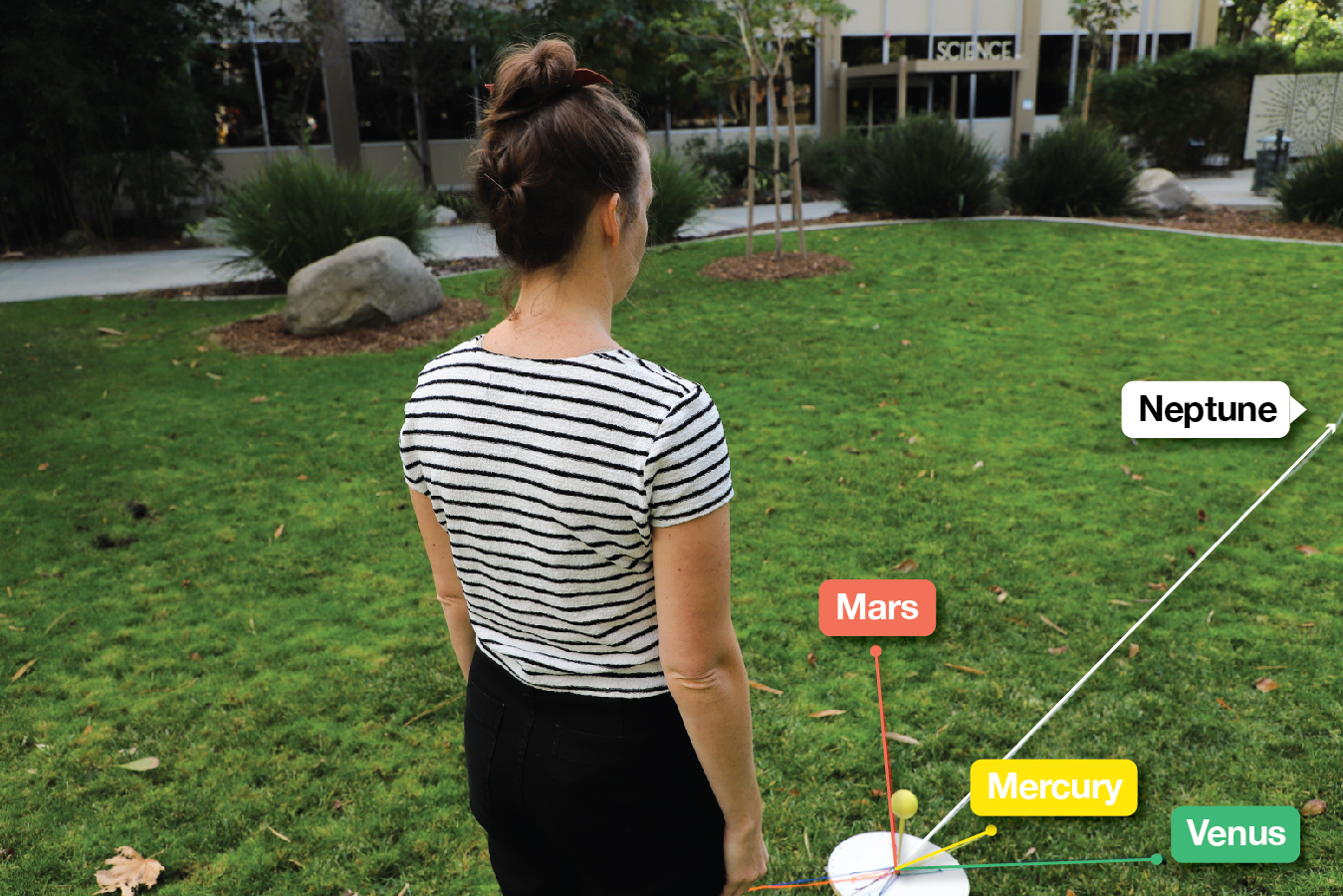
The Earth student should face the model Sun to represent daytime. Note: Strings in the model have been highlighted for visibility. Image credit: NASA/JPL-Caltech | + Expand image
- Ask the class what time it is when Earth is standing with the Sun directly in front of their nose. Answer: Noon.
- Ask students which way Earth should face to represent nighttime in your town. Answer: Earth should turn their back to the Sun. Have the Earth student position themselves so that their nose represents nighttime in your town. Be sure they are rotating in a counterclockwise direction.
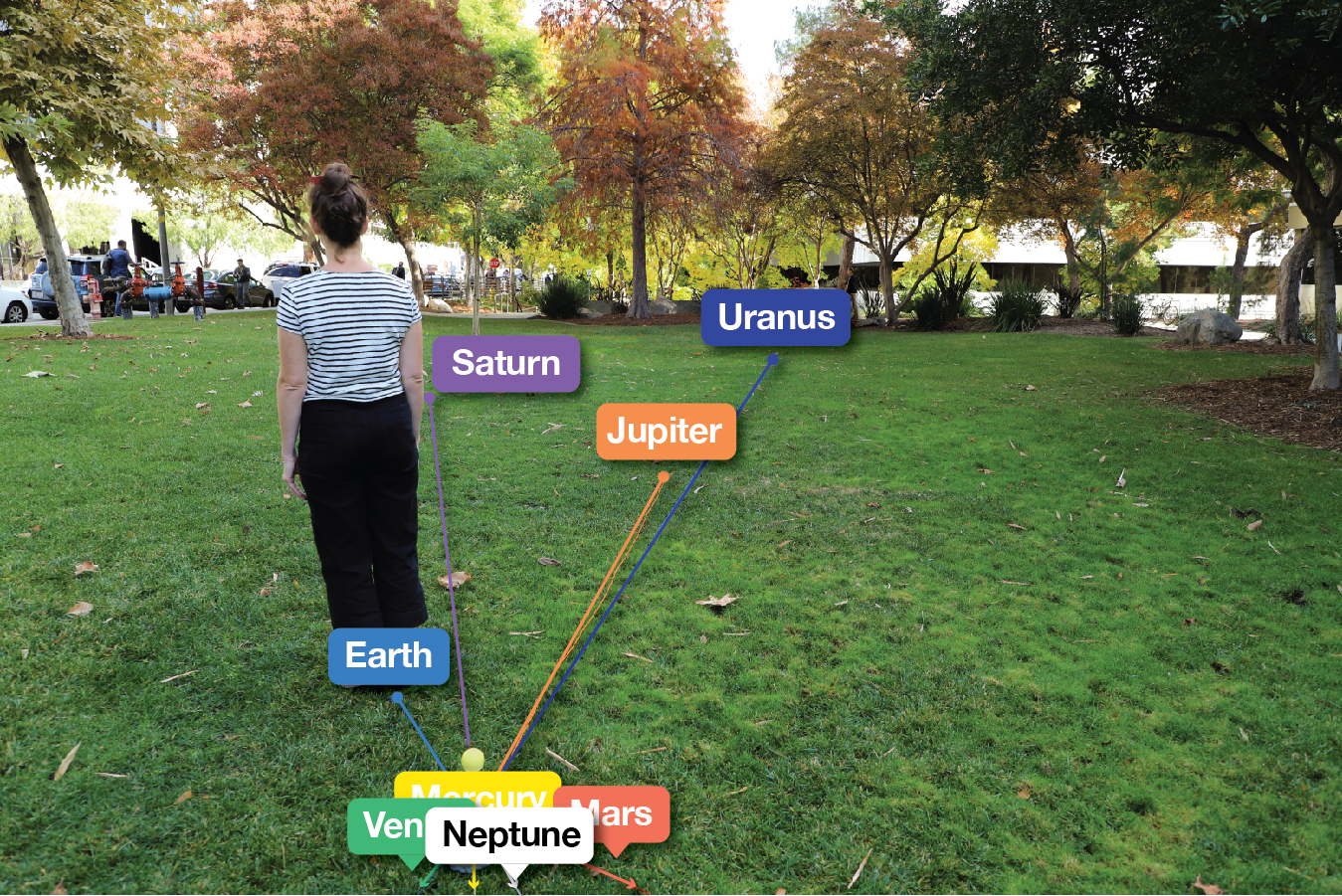
The Earth student should turn their back to the model Sun to represent nighttime. Note: Strings in the model have been highlighted for visibility. Image credit: NASA/JPL-Caltech | + Expand image
- Ask the class what time it is when Earth is standing with the Sun directly behind their back. Answer: Midnight.
- Ask the class what other times of day can be represented by the Earth student. Answer: Any time.
- Ask the Earth student to stick their arms out straight, perpendicular to the sides of their body. Explain (or ask students to deduce) that the Earth student’s left and right arms represent the horizon. Have the Earth student look left and right and imagine they are looking from horizon to horizon, east to west.
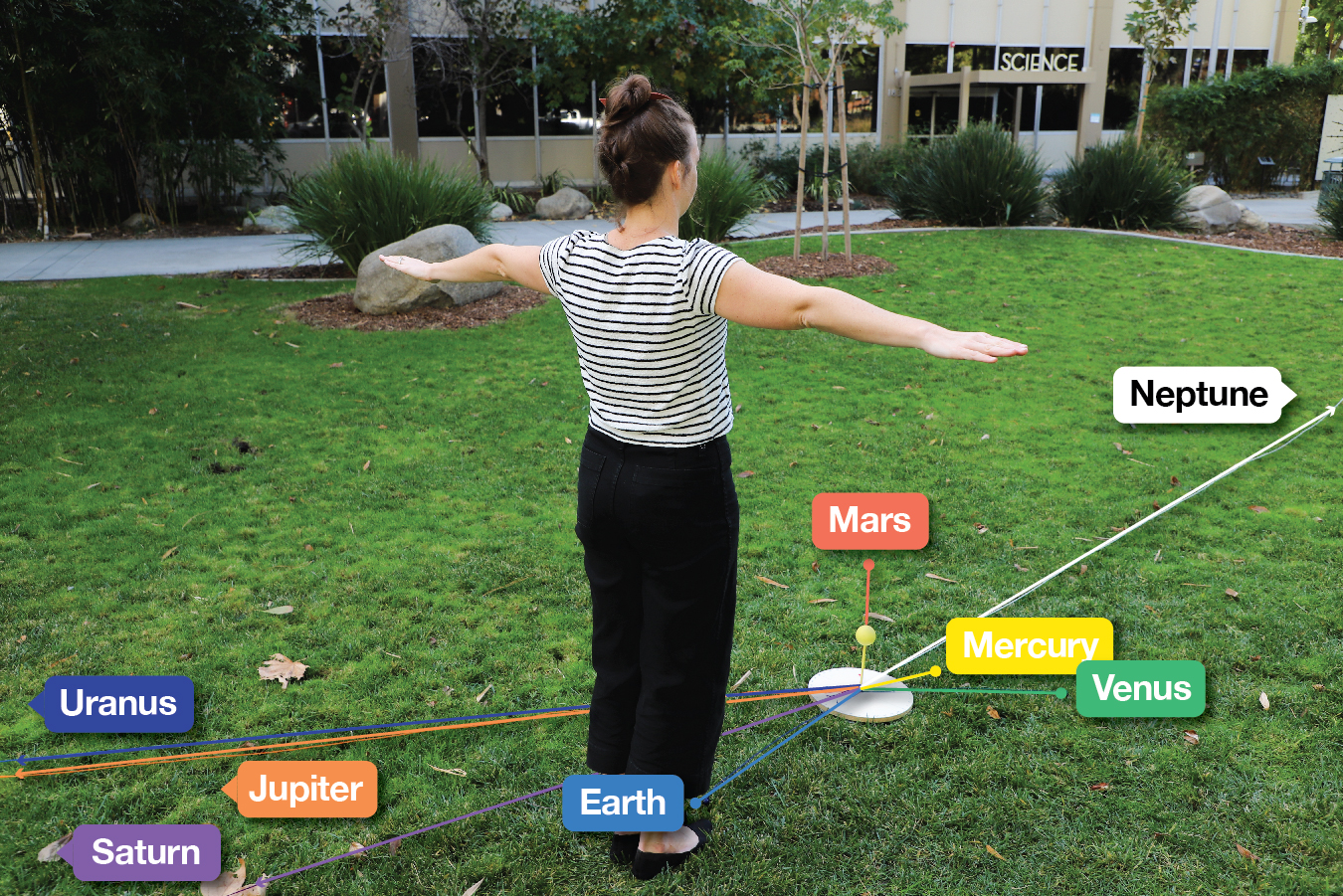
The Earth student should stick their arms out straight to represent the horizon. Note: Strings in the model have been highlighted for visibility. Image credit: NASA/JPL-Caltech | + Expand image
- Ask the class to determine which arm represents the eastern horizon and the western horizon. Answer: Left is east, right is west.
- Ask the class to direct the Earth student to represent sunrise for their town. Answer: The Earth student should stand, arms out, with their left arm (east) pointing directly at the model Sun.
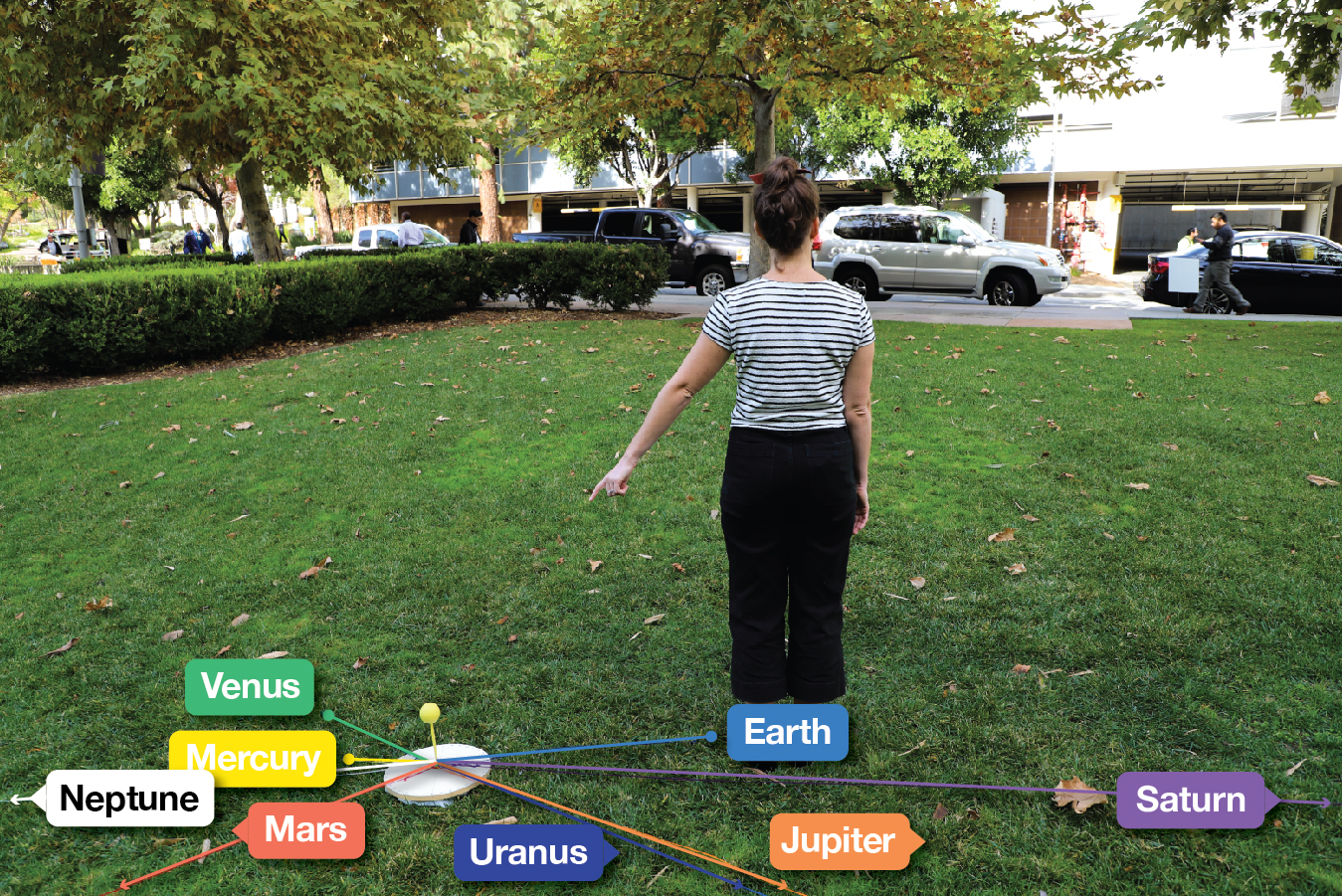
The Earth student should point their left arm toward the model Sun to represent sunrise. Note: Strings in the model have been highlighted for visibility. Image credit: NASA/JPL-Caltech | + Expand image
- Ask students to identify the approximate time this position represents for their town (Earth’s nose). Answer: 6 a.m., or whatever time of day the Sun rises in the morning.
- Ask the class to direct the Earth student to represent sunset for their town and say what time of day this represents. Answer: The Earth student should stand, arms out, with their right arm (west) pointing directly at the model Sun. The time of day is approximately 6 p.m., or whatever time the Sun sets in the evening. Be sure the Earth student is turning on their axis in a counterclockwise direction (as viewed from above) for all orientation changes.
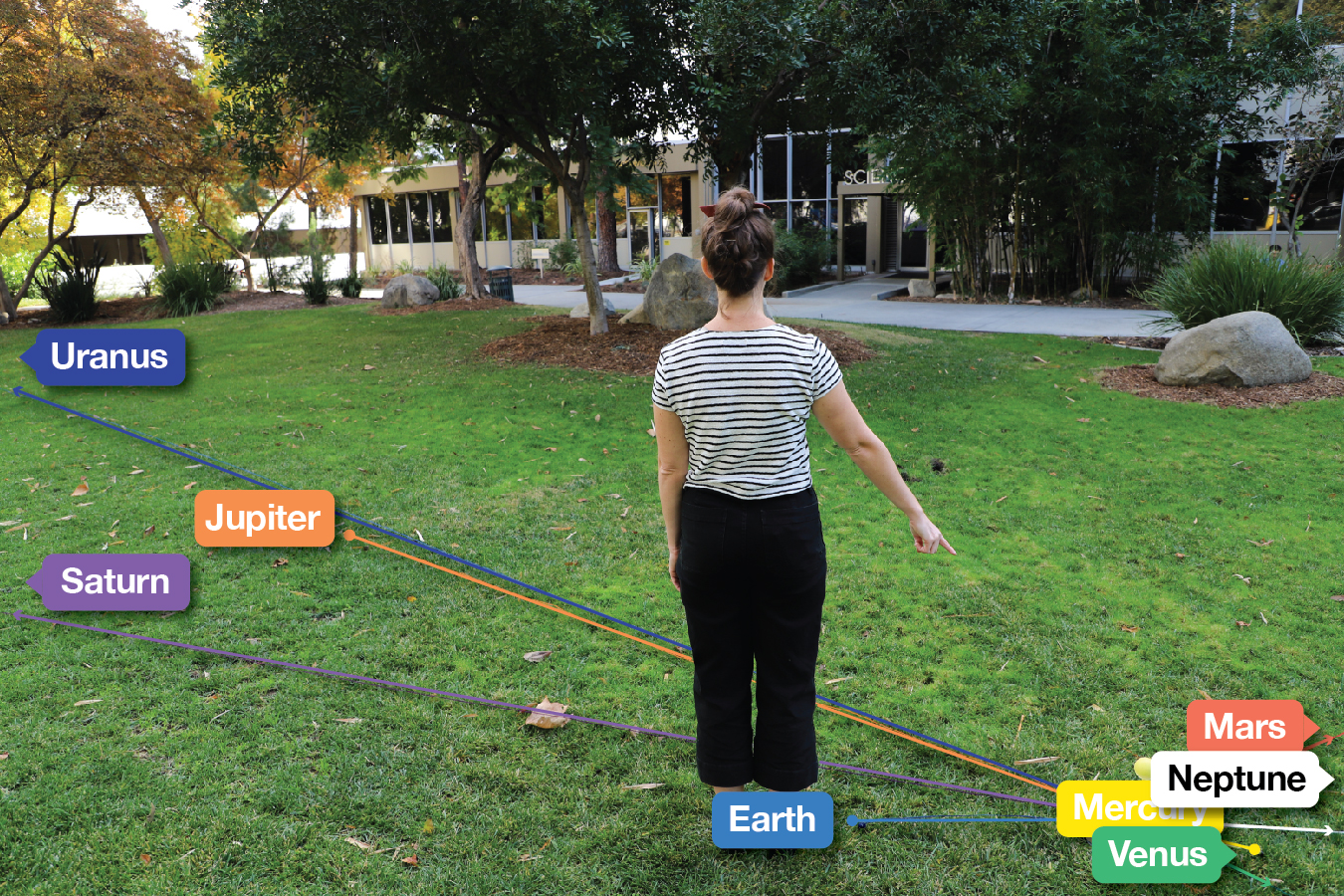
The Earth student should point their right arm toward the model Sun to represent sunset. Note: Strings in the model have been highlighted for visibility. Image credit: NASA/JPL-Caltech | + Expand image
- Have the Earth student, while standing in the sunset position, hold both arms out to represent the horizon. Ask them what planets they can see in the “sky,” displayed on the visible ground between their outstretched arms. The planets easiest to see with the unaided eye are Venus, Mars, Jupiter and Saturn. If any of these planets are in the model “sky,” the same planets will be visible in an analogous actual sky position tonight near sunset.
- Have the class instruct the Earth student to position themselves to represent 9 p.m., when the sky will be darker. Have the Earth student point out the planets that will be visible tonight at approximately 9 p.m. Have the Earth student point to the approximate location in the sky where each planet will be visible tonight.
- Have the class instruct the Earth student to position themselves to represent various other times of the night, including just before sunrise, and identify the planets that will be visible at those times.
- Have the class, with the help of the Earth student, explain which planets are not visible at night right now and why. Answer: Some planets will be “up” during the day and the light of the Sun will obscure observation.
- Have students “time travel” by advancing the planets in the model to a time in the future, for example, next month, and then next year, if heliocentric longitudes are available. Have students observe that over the same period of time, planets closer to the Sun advance farther in their orbit than planets a longer distance from the Sun. Have students draw conclusions or offer explanations for this to the best of their abilities. Most students will be able to correctly conclude that the inner planets are moving faster than the outer planets. More advanced students may be able to make the connection to Kepler’s third law .
- Have the class, with the help of the Earth student, explain why Mercury is difficult to see no matter where it is in its orbit. Answer: It will always be low on the horizon and, thus, close to the Sun in the sky. The brightness of the Sun, even after sunset, will often obscure our view of Mercury.
- Have students take turns being “Earth” so they can go through the motions and see firsthand which planets will be visible tonight and why.
- Have students explain why Venus is sometimes visible in the morning and sometimes visible in the evening. Note that Venus is commonly referred to as the “morning star” or “evening star,” but it is not a star at all.
- Instruct the students to look at the sky tonight (or in the early morning) at home and try to locate the planets that they now know are visible. Remind students of the expected positions of the planets. Instruct students to face south for the proper frame of reference.
- Tomorrow, ask students to report what planets they were able to see last night and approximately where they appeared in the sky. Note: If students live in a city with a lot of light pollution, they may not be able to see all the planets that are in their line of sight. However, Venus and Jupiter are so bright that they can even be seen from Downtown Los Angeles.
- Ask students to determine which planets will be visible on a given date.
- Ask students to identify where those planets will be in the night sky and at approximately what time.

Solar System Bead Activity
Students create a scale model of the solar system using beads and string.
Time 30 mins - 1 hr

Planetary Travel Time
Students will compute the approximate travel time to planets in the solar system using different modes of transportation.
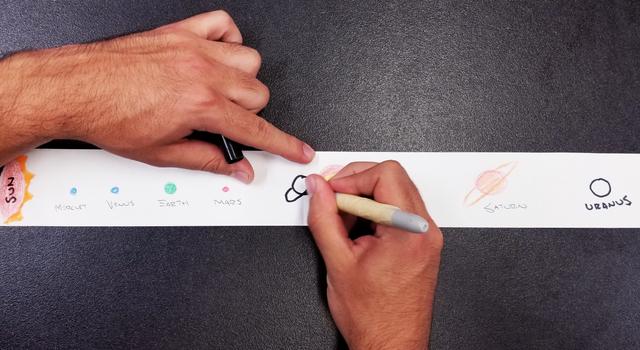
Solar System Scroll
Students predict the scale of our solar system and the distance between planets, then check their answers using fractions.
Time < 30 mins
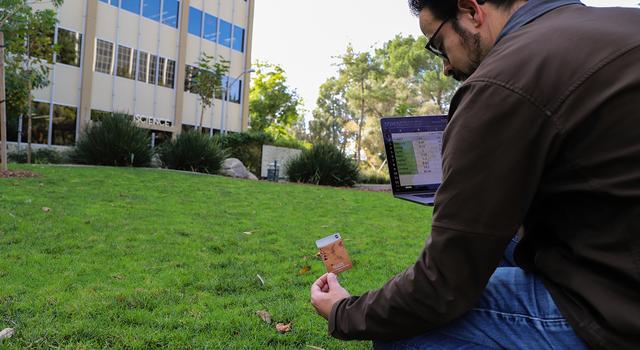
Create a Solar System Scale Model With Spreadsheets
In this activity, students use spreadsheet software and their knowledge of scale, proportion and ratios to develop a solar system model that fits on a playground.
Grades 5-12
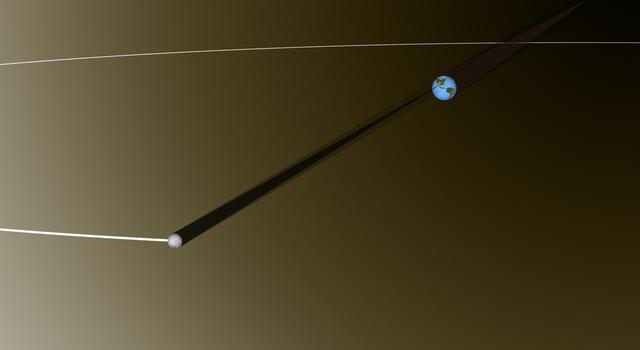
Modeling the Earth-Moon System
Students learn about scale models and distance by creating a classroom-size Earth-Moon system.
Let's Go to Mars! Calculating Launch Windows
Students use advanced algebra concepts to determine the next opportunity to launch a spacecraft to Mars.
Grades 9-12
Explore More
- Kinesthetic Astronomy lessons from the Space Science Institute
- NASA Solar System Exploration website

60 Years and Counting
- exploring our solar system -.
What are the origins of the planets? How have they changed? Is there life out there? Over the last 60 years, NASA has launched a variety of spacecraft to explore our solar system. The Moon, the closest celestial body to Earth, was the logical first target. Subsequent fleets of space probes started exploring other planets—those relatively close and those in the more distant reaches of our solar system—as well as comets, asteroids, and other small bodies. Satellite communication stations on Earth make these flights into deep space possible. The missions are providing insights into the physical nature, chemistry, and biology of worlds outside of ours. They will help inform future searches for life beyond Earth and opportunities for human exploration and habitation.
No object in the sky has fascinated humans like Mars, which NASA began studying almost from its start. Mariner missions in the 1960s flew by Mars, taking as many pictures as possible. Orbiters with landers came next. These missions revealed a wealth of information about the planet's atmosphere, landforms, gravity, magnetic fields, elemental and mineral composition, internal structure, and weather, as well as many similarities to earth. The next great leap in Martian discovery came with the ability to move around the planet’s surface with Mars Exploration Rovers

Image Credit: NASA
First image of Mars taken from the Martian surface, July 20, 1976. The Viking 1 lander took this photograph shortly after it touched down on Mars. The primary objectives of the Viking mission, which was composed of two spacecraft, were to obtain high-resolution images of the Martian surface, characterize the structure and composition of the atmosphere and surface, and search for evidence of life on Mars.

The true color of the “Red Planet,” as seen at the Pathfinder landing site during its 1996-1997 mission. We now know that rust in the Martian rocks causes the planet’s yellowish brown color. The Pathfinder and its Rover “Sojourner,” named after human rights activist Sojourner Truth, returned images and chemical analysis that suggested Mars was once warm and wet.

Selfie on Mars
NASA’s Curiosity rover takes a selfie on Mars, 2015. The selfie was compiled from many smaller images, which is why the mechanical arm holding the camera is not visible—although its shadow is! The image also shows dark layered rocks, the light colored peak of Mount Sharp, and the rusting red sand that pervades Mars.

View from the "Kimberley" formation on Mars taken by NASA's Curiosity rover indicates ancient lakes on Mars. The strata in the foreground dip towards the base of Mount Sharp, indicating flow of water toward a basin that existed before the larger bulk of the mountain formed.
Pioneer and Voyager: The Outer Solar System and Beyond
Two series of spacecraft led the way in NASA’s exploration of the outer solar system: Pioneer and Voyager. Although there were Pioneer flights to the Sun and Venus, the best known were Pioneer 10 and 11, which made NASA’s first visits to Saturn and Jupiter in 1973. Voyager 1 and 2 also made observations of Jupiter and Saturn, and in the 1980s Voyager 2 became the first spacecraft to fly by Uranus and Neptune. Pioneer 10 was the first spacecraft to travel beyond the orbit of the farthest planet, and in 2012 Voyager 1 became the first human-made object to reach interstellar space.

Artist’s impression of a Pioneer spacecraft on its way to interstellar space. Image Credit: NASA

Artist’s concept of Voyager spacecraft Image Credit: NASA

Pioneer Plaque
In addition carrying images of itself and two humans, the plaque mounted aboard Pioneer 10 and 11 showed where an alien civilization could look for Earth.

Golden Record
Recognizing that the Voyager spacecraft might on some distant day cross paths with an alien civilization, scientists placed a disk on each craft containing information about where Earth is located.

Uranus as seen by Voyager 2 Image Credit: NASA
At Neptune, Voyager 2 discovered five moons, four rings, and a "Great Dark Spot" that vanished by the time the Hubble Space Telescope imaged Neptune five years later. Neptune's largest moon, Triton, was found to be the coldest known planetary body in the solar system, with a nitrogen ice "volcano" on its surface.

Image Credit: NASA/JPL
Data from Voyager 2 showed Uranus’s rotation is 17 hours, 14 minutes. It also discovered 11 moons and two rings that had been previously undetected. The temperature of the equatorial region, which receives less sunlight over a Uranian year, is nevertheless about the same as that at the poles
Since NASA first set its sights on the Moon 60 years ago, newer planetary probes continually improve what we can see and learn. The Lunar Reconnaissance Orbiter (LRO), launched in 2009, is providing information that will prove useful for future exploration of the Moon.

Earthrise over the Moon, image captured by NASA’s LRO from the spacecraft’s vantage point in orbit around the Moon, 2015.

Topographic Map
A new map of the moon. NASA’s LRO science team released the highest resolution near-global topographic map of the moon ever created. It shows the surface shape and features over nearly the entire moon with a pixel scale close to 328 feet.
Galileo to Jupiter
After Pioneer and Voyager, NASA sent two missions to orbit Jupiter: Galileo and Juno. Galileo took the first samples of the atmosphere of a gas planet, provided data that created the first detailed maps of Jupiter’s major moons, and provided the most detailed look yet at the structure of the planet’s magnetic field and radiation belts. Juno, which entered Jupiter’s orbit in 2016, is studying the origin and evolution of Jupiter.

Great Red Spot
Jupiter’s Great Red Spot viewed by Voyager 1, 1979. At about 89,000 miles in diameter, Jupiter, the largest planet in the solar system, could swallow 1,000 Earths. The spot is a storm three and a half times the size of our planet. Jupiter’s Great Red Spot may be the mysterious heat source behind the planet’s surprisingly high upper atmospheric temperatures.

High above Jupiter’s clouds, NASA’s Juno spacecraft was a little more than one Earth diameter from Jupiter when it captured this color-enhanced view of the planet’s turbulent atmosphere

Beneath its icy crust, Jupiter’s Europa has more liquid water than earth. Long, linear cracks and ridges that crisscross the surface indicate disrupted terrain where the surface ice crust has been broken up and re-frozen into new patterns. Although Jupiter is more than 500 million miles away from the sun, the enormous planet’s tides keep its moons warm.
Saturn: Cassini-Huygens
Cassini was a sophisticated spacecraft that explored the Saturnian system from 2004 to 2017. A joint endeavor of NASA, the European Space Agency and the Italian space agency, Cassini taught us that Saturn is a far cry from a tranquil lone planet with delicate rings. We now know more about Saturn’s chaotic, active, and powerful rings, and the storms that rage beneath. Images and data from two of Saturn’s moons hint at the possibility of life never before suspected.

Image Credit: NASA/JPL-Caltech/Space Science Institute
Titan, Saturn’s largest moon, and to its right, Dione, Saturn’s fourth-largest moon, posing before the planet and its rings, viewed from NASA’s Cassini spacecraft on May 21, 2011.

Image Credit: NASA/JPL-Caltech/University of Arizona/University of Idaho
Titan’s North Polar Seas
Near-infrared, color mosaic from NASA’s Cassini spacecraft shows the sun glinting off of Titan’s north polar seas. Titan is the only moon in our solar system that has clouds and a dense atmosphere, mostly made of nitrogen and methane. It is also the only other place in the solar system known to have an earthlike cycle of liquids evaporating, raining, and flowing across its surface. But on Titan, instead of water, the clouds, rain, rivers, seas, and lakes are made of liquid hydrocarbons. The moon’s surface is icy, at hundreds of degrees below freezing.
NASA’s Dawn spacecraft was launched in 2009 to study Vesta and Ceres, two protoplanets—large bodies of matter thought to be developing into planets— located in the asteroid belt between Mars and Jupiter. Vesta is a rocky body, while Ceres is believed to contain large quantities of ice.

The giant asteroid Vesta, image synthesized from views taken by Dawn spacecraft, July 2011 to Sept. 2012. The towering mountain at Vesta’s south pole—more than twice the height of Mount Everest—is visible at the bottom of the image. The set of three craters known as the "snowman" can be seen at the top left.
New Horizons at Pluto
Launched on Jan. 19, 2006, New Horizons was NASA’s first mission to the dwarf planet Pluto. After a swing past Jupiter for a gravity boost and scientific studies, the spacecraft conducted a six-month flyby study of Pluto and its moons in 2015. Its next destination is into the Kuiper Belt to examine another of the ancient, icy mini-worlds in that vast region, at least a billion miles beyond Neptune’s orbit.

Global image of Pluto, taken by NASA’s New Horizons spacecraft, July 13, 2015. We don’t yet know why Pluto is reddish, but chemistry appears to be the reason. Sunlight could cause hydrocarbons, like methane and carbon monoxide, on Pluto’s icy surface and in its chilly atmosphere to combine, forming compounds that rain red-hued materials upon the dwarf planet.
Late in 2018, the OSIRIS-REx spacecraft will travel to a near-Earth asteroid called Bennu (formerly 1999 RQ36) and bring a sample back to Earth for study. The mission will help scientists investigate how planets formed and how life began, as well as improve our understanding of asteroids that could impact Earth.

This artist's concept shows the OSIRIS-REx spacecraft approaching the asteroid Bennu. Image Credit: NASA
Mercury and Venus

Image of Mercury taken by MESSENGER Image Credit: NASA/Applied Physics Laboratory/Carnegie
NASA has sent two missions to Mercury: Mariner 10 and MESSENGER. Among its many accomplishments, MESSENGER determined that Mercury’s surface composition was more similar to that of some kinds of meteorites than to the other planets’, discovered its weak magnetic field provides the planet little protection from the solar wind, and verified its polar deposits are dominantly water ice.

Simulated-color radar image of Venus from Magellan data Image Credit: NASA/JPL
Magellan, NASA’s most extensive mission to Venus, used a radar to peer through the planet’s thick cloud cover to return data on its surface. The data showed a planet with covered with volcanic flows, but with no evidence of plate tectonics. Venus’s surface also appears to be relatively young (500 million years), perhaps have been resurfaced by a series of volcanic eruptions at that time.

This 2013 image shows a coronal “hole” over the Sun’s north pole. Image Credit: ESA/NASA
A joint ESA/NASA mission, SOHO studies the Sun from deep inside its core to the outer corona and solar wind. It has been capturing images of dynamic solar eruptions—such as solar flares and coronal mass ejections—since 1996. Its coronagraphs—telescopes that observe the Sun’s atmosphere by blocking out the bright Sun in the middle—remain a key component for forecasting the speed, direction and strength of coronal mass ejections as they erupt from the Sun. In addition to watching our star, SOHO has become the most prolific discoverer of comets in astronomical history: as of 2016, more than 3,000 comets had been found by SOHO, over half by amateur astronomers accessing the images over the Internet.

A 2013 solar flare seen in different wavelengths by instruments aboard the Solar Dynamics Observatory. Image Credit: NASA/SDO/Wiessinger
Solar Dynamics Observatory
The Solar Dynamics Observatory seeks to understand the Sun as a star and its influence on Earth and near-Earth space by observing the solar atmosphere in many wavelengths simultaneously. The mission studies what creates solar activity that causes various space weather effects.
Deep Space Network

Map of Deep Space Network (DSN). Three satellite stations, each placed a third of the way around the globe, ensure that any satellite in deep space is able to communicate with at least one station at all times.

The most distant human-made object

No spacecraft has gone farther than NASA's Voyager 1. Launched in 1977 to fly by Jupiter and Saturn, Voyager 1 crossed into interstellar space in August 2012 and continues to collect data.
Mission Type
What is Voyager 1?
Voyager 1 has been exploring our solar system since 1977. The probe is now in interstellar space, the region outside the heliopause, or the bubble of energetic particles and magnetic fields from the Sun. Voyager 1 was launched after Voyager 2, but because of a faster route it exited the asteroid belt earlier than its twin, and it overtook Voyager 2 on Dec. 15, 1977.
- Voyager 1 discovered a thin ring around Jupiter and two new Jovian moons: Thebe and Metis.
- At Saturn, Voyager 1 found five new moons and a new ring called the G-ring.
- Voyager 1 was the first spacecraft to cross the heliosphere, the boundary where the influences from outside our solar system are stronger than those from our Sun.
- Voyager 1 is the first human-made object to venture into interstellar space.
In Depth: Voyager 1
Voyager 1 launched after Voyager 2, but because of a faster route it exited the solar system earlier than its twin. Voyager 1 overtook Voyager 2 on Dec. 15, 1977.
Voyager 1 began studying Jupiter in April 1978 at a range of 165 million miles (265 million km). Images showed Jupiter’s atmosphere to be more turbulent than during the Pioneer 10 and 11 flybys. Voyager 1 took a picture every 96 seconds to create a timelapse movie of the approach.
In early 1979, Voyager 1 discovered a faint ring system around Jupiter. The spacecraft’s closest encounter with Jupiter was at 12:05 UT on March 5, 1979 at a range of 174,000 miles (280,000 km), It went on to encounter several of Jupiter’s moons, including Amalthea , Io , Europa , Ganymede , and Callisto . Spectacular close-up photos of the moons opened up completely new worlds for planetary scientists. The spacecraft discovered two new moons, Thebe and Metis .
Its flyby of the Saturn system in November 1979 was as spectacular as the Jupiter encounter. Voyager 1 found five new moons, a new ring, and complicated ring structures, including “shepherd moons” that keep some rings well-defined. The spacecraft photographed Saturn’s moons Titan , Mimas , Enceladus , Tethys , Dione , and Rhea . All the moons appeared to be composed largely of water ice.
Images of Titan showed a thick atmosphere that completely hid the surface . The spacecraft found that the Titan’s atmosphere was composed of 90% nitrogen. Nitrogen, methane, and more complex hydrocarbons indicated prebiotic chemical reactions might be possible on Titan.
Voyager 1’s closest approach to Saturn was at 23:46 UT on Nov. 12, 1980 at a range of about 78,000 miles (126,000 km).
After Saturn, Voyager 1 headed north out of the ecliptic plane at a speed of about 3.5 AU per year. Because of the specific requirements for the Titan flyby, the spacecraft was not directed to Uranus and Neptune .
Voyager 1’s final 64 images were a mosaic taken at a distance of 40 Astronomical Units (AU) from the Sun. This solar system family portrait included six planets (Mercury and Mars were not visible). The image of Earth inspired the “ Pale Blue Dot ” made famous by Voyager science team member Carl Sagan (1934-1996). These were the last of a total of 67,000 images taken by the two Voyagers.
The Voyager Interstellar Mission (VIM) began on Jan, 1, 1990. The goal was to extend exploration to the outer limits of the Sun’s sphere of influence and beyond.
- On Feb. 17, 1998, Voyager 1 became the most distant human-made object in existence when — at a distance of 69.4 AU from the Sun — it “overtook” Pioneer 10.
- On Dec. 16, 2004, Voyager 1 reached the termination shock and entered the heliosheath .
- On Aug. 25, 2012, the spacecraft became the first to exit the heliosphere and begin measuring the interstellar environment.
Voyager 1 continues to communicate with NASA’s Deep Space Network and send data back from four still-functioning instruments — the cosmic ray telescope, the low-energy charged particles experiment, the magnetometer, and the plasma waves experiment.

Each of the Voyagers contain a message to potential extraterrestrials in the form of a 30-centimeter diameter gold-plated copper disc. Like the plaques on Pioneers 10 and 11, the Voyager Golden Record has inscribed symbols that show the location of Earth relative to several pulsars. The record includes instructions to play it similar to a vinyl record player.
Audio on the disc includes greetings in 55 languages, 35 sounds from life on Earth (such as whale songs, laughter, etc.), 90 minutes of music including everything from Mozart and Bach to Chuck Berry and Blind Willie Johnson. It also includes 115 images of life on Earth and recorded greetings from then U.S. President Jimmy Carter and then-UN Secretary-General Kurt Waldheim.
As of Aug. 21, 2024, Voyager 1 was 164.7 AU from Earth — the farthest object created by humans — moving at a velocity of 38,026.79 mph (17.0 km/second) relative to the Sun.
Adapted from Asif A. Saddiqi’s “ Beyond Earth: A Chronicle of Deep Space Exploration ,” NASA History Office, 2018.

National Space Science Data Center: Voyager 1
A library of technical details and historic perspective.

Beyond Earth: A Chronicle of Deep Space Exploration
A comprehensive history of missions sent to explore beyond Earth.
Discover More Topics From NASA

Our Solar System


Is Time Travel Possible?
We all travel in time! We travel one year in time between birthdays, for example. And we are all traveling in time at approximately the same speed: 1 second per second.
We typically experience time at one second per second. Credit: NASA/JPL-Caltech
NASA's space telescopes also give us a way to look back in time. Telescopes help us see stars and galaxies that are very far away . It takes a long time for the light from faraway galaxies to reach us. So, when we look into the sky with a telescope, we are seeing what those stars and galaxies looked like a very long time ago.
However, when we think of the phrase "time travel," we are usually thinking of traveling faster than 1 second per second. That kind of time travel sounds like something you'd only see in movies or science fiction books. Could it be real? Science says yes!

This image from the Hubble Space Telescope shows galaxies that are very far away as they existed a very long time ago. Credit: NASA, ESA and R. Thompson (Univ. Arizona)
How do we know that time travel is possible?
More than 100 years ago, a famous scientist named Albert Einstein came up with an idea about how time works. He called it relativity. This theory says that time and space are linked together. Einstein also said our universe has a speed limit: nothing can travel faster than the speed of light (186,000 miles per second).
Einstein's theory of relativity says that space and time are linked together. Credit: NASA/JPL-Caltech
What does this mean for time travel? Well, according to this theory, the faster you travel, the slower you experience time. Scientists have done some experiments to show that this is true.
For example, there was an experiment that used two clocks set to the exact same time. One clock stayed on Earth, while the other flew in an airplane (going in the same direction Earth rotates).
After the airplane flew around the world, scientists compared the two clocks. The clock on the fast-moving airplane was slightly behind the clock on the ground. So, the clock on the airplane was traveling slightly slower in time than 1 second per second.
Credit: NASA/JPL-Caltech
Can we use time travel in everyday life?
We can't use a time machine to travel hundreds of years into the past or future. That kind of time travel only happens in books and movies. But the math of time travel does affect the things we use every day.
For example, we use GPS satellites to help us figure out how to get to new places. (Check out our video about how GPS satellites work .) NASA scientists also use a high-accuracy version of GPS to keep track of where satellites are in space. But did you know that GPS relies on time-travel calculations to help you get around town?
GPS satellites orbit around Earth very quickly at about 8,700 miles (14,000 kilometers) per hour. This slows down GPS satellite clocks by a small fraction of a second (similar to the airplane example above).

GPS satellites orbit around Earth at about 8,700 miles (14,000 kilometers) per hour. Credit: GPS.gov
However, the satellites are also orbiting Earth about 12,550 miles (20,200 km) above the surface. This actually speeds up GPS satellite clocks by a slighter larger fraction of a second.
Here's how: Einstein's theory also says that gravity curves space and time, causing the passage of time to slow down. High up where the satellites orbit, Earth's gravity is much weaker. This causes the clocks on GPS satellites to run faster than clocks on the ground.
The combined result is that the clocks on GPS satellites experience time at a rate slightly faster than 1 second per second. Luckily, scientists can use math to correct these differences in time.

If scientists didn't correct the GPS clocks, there would be big problems. GPS satellites wouldn't be able to correctly calculate their position or yours. The errors would add up to a few miles each day, which is a big deal. GPS maps might think your home is nowhere near where it actually is!
In Summary:
Yes, time travel is indeed a real thing. But it's not quite what you've probably seen in the movies. Under certain conditions, it is possible to experience time passing at a different rate than 1 second per second. And there are important reasons why we need to understand this real-world form of time travel.
If you liked this, you may like:

Previous versions of this site. The most recent version was launched on Jan. 29, 2018.
NASA's Deep Dive Planetary Website
Launched in October 1998, the Solar System Exploration website is a real-time, living encyclopedia of the robotic exploration of our solar system. We provide the public with reliable, accurate, up-to-date information about the planets, moons, asteroids, comets and everything else in our solar system. We also provide a complete historical record of deep space exploration.
Management/Task Plan
This site is produced for NASA's Science Mission Directorate 's Planetary Science Division by the Solar System Exploration Public Engagement teams at NASA's Goddard Space Flight Center and Jet Propulsion Laboratory as part of Planetary Science Program Support Task Plan 40-15961, Rev. E.
Senior Leadership: Dr. Lori Glaze, Director, NASA Planetary Science Division
Responsible NASA Official: Kristen Erickson
JPL Public Engagement Manager: Alice Wessen
Web Development Team
Project Lead / Producer: Phillips Davis
Social Media Leads: Bill Dunford and Molly Wasser
Science Writers: Lonnie Shekhtman and Jay Thompson
Web Development/Graphics: Moore Boeck
Original Solar System Orrery Design: Martin Vézina
Additional Thanks (1998 to present)
Ron Baalke, Greg Baerg, Amanda Barnett, Patricia Beauchamp, Rosalie Betrue, Dwayne Brown, Autumn Burdick, Laurie Cantillo, James Cutts, Mike Dailey, Maryia Davis, Preston Dyches, Stephen J. Edberg, Laura Generosa, Sean Graham, Jim Green, Colleen Hartman, Christopher Hawley, Celeste Hoang, Jane Houston Jones. Maureen Kenney, Becky Knudsen, Ernest Koeberlein, Elizabeth Landau, Cecelia Lawshe, Fuk Li, Marilyn Lindstrom, Leslie Lowes, Sam Luu, David Martin, Katie McKissick, Ellis Miner, Kirk Munsell, Mamta Nagaraja, Randii Oliver, David Overoye, Carl Pilcher, Maura Rountree-Brown, Bob Silberg, Harman Smith, Anita Sohus, Sugi Sorensen, Taisan Tan, Amy Walton, JoAnna Wendel, Randii Wessen, Allan Yu, Akio Yamada and Erick Zelaya.
You are using an outdated browser. Please upgrade your browser to improve your experience.
Exoplanet Travel Bureau
Even the closest exoplanets are too far away to visit. But... what if they weren't? We worked with NASA scientists, futurists and artists to imagine exoplanet tourism. Choose your adventure with guided tours, in English and Spanish. Read along or turn your sound up as you scroll through.

Suggested Searches
- Climate Change
- Expedition 64
- Mars perseverance
- SpaceX Crew-2
- International Space Station
- View All Topics A-Z

Humans in Space
Earth & climate, the solar system, the universe, aeronautics, learning resources, news & events.
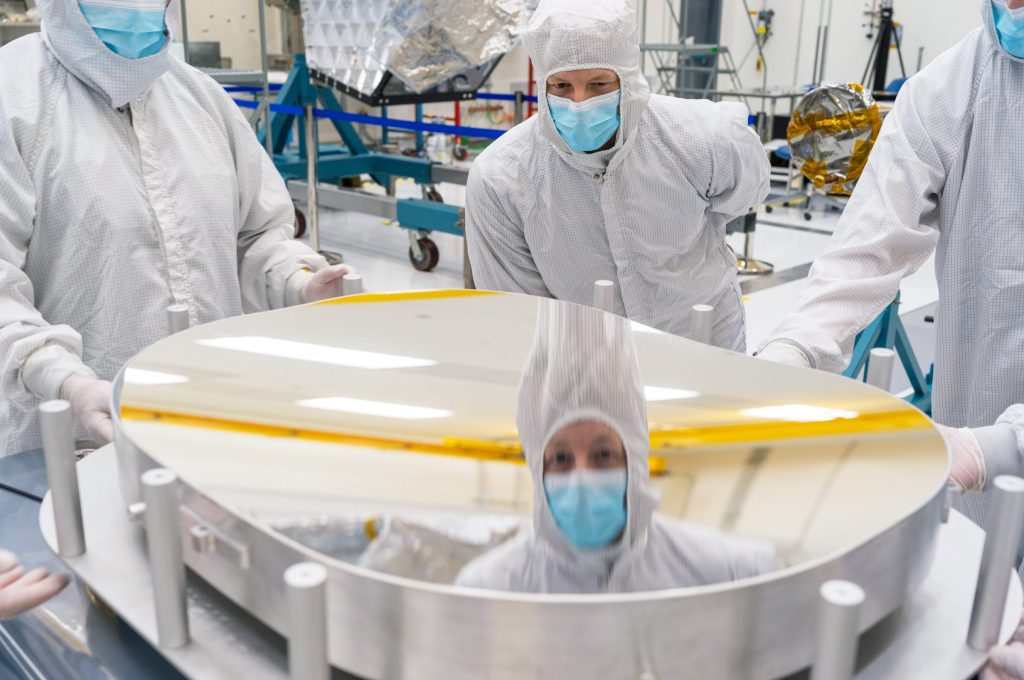
Work Is Under Way on NASA’s Next-Generation Asteroid Hunter
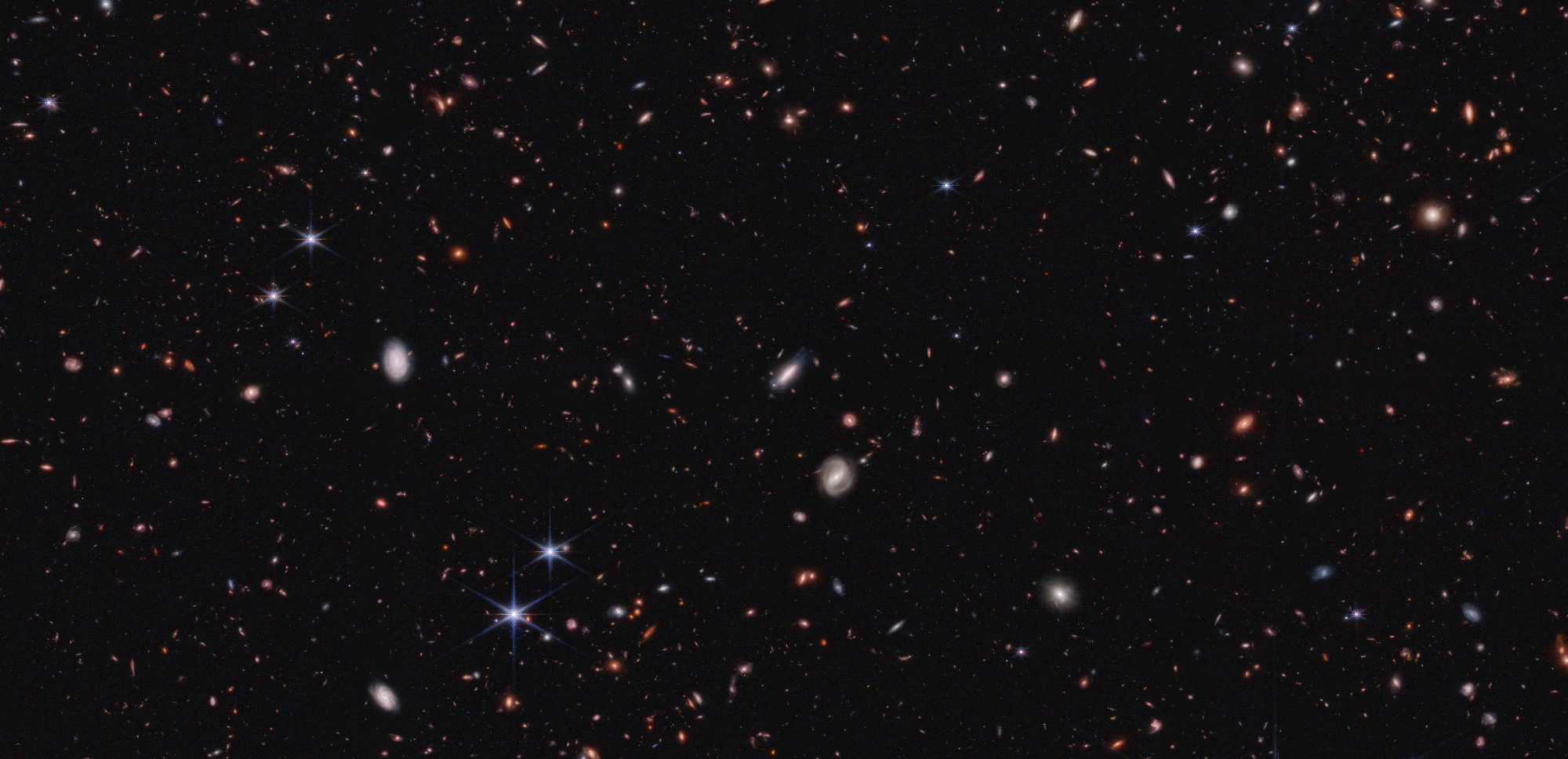
Webb Finds Early Galaxies Weren’t Too Big for Their Britches After All

New NASA Study Tallies Carbon Emissions From Massive Canadian Fires
- Search All NASA Missions
- A to Z List of Missions
- Upcoming Launches and Landings
- Spaceships and Rockets
- Communicating with Missions
- James Webb Space Telescope
- Hubble Space Telescope
- Why Go to Space
- Commercial Space
- Destinations
- Living in Space
- Explore Earth Science
- Earth, Our Planet
- Earth Science in Action
- Earth Multimedia
- Earth Science Researchers
- Pluto & Dwarf Planets
- Asteroids, Comets & Meteors
- The Kuiper Belt
- The Oort Cloud
- Skywatching
- The Search for Life in the Universe
- Black Holes
- The Big Bang
- Dark Energy & Dark Matter
- Earth Science
- Planetary Science
- Astrophysics & Space Science
- The Sun & Heliophysics
- Biological & Physical Sciences
- Lunar Science
Citizen Science
- Astromaterials
- Aeronautics Research
- Human Space Travel Research
- Science in the Air
- NASA Aircraft
- Flight Innovation
- Supersonic Flight
- Air Traffic Solutions
- Green Aviation Tech
- Drones & You
- Technology Transfer & Spinoffs
- Space Travel Technology
- Technology Living in Space
- Manufacturing and Materials
- Science Instruments
- For Kids and Students
- For Educators
- For Colleges and Universities
- For Professionals
- Science for Everyone
- Requests for Exhibits, Artifacts, or Speakers
- STEM Engagement at NASA
- NASA's Impacts
- Centers and Facilities
- Directorates
- Organizations
- People of NASA
- Internships
- Our History
- Doing Business with NASA
- Get Involved
NASA en Español
- Aeronáutica
- Ciencias Terrestres
- Sistema Solar
- All NASA News
- Video Series on NASA+
- Newsletters
- Social Media
- Media Resources
- Upcoming Launches & Landings
- Virtual Guest Program
- Image of the Day
- Sounds and Ringtones
- Interactives
- STEM Multimedia

FAQ: NASA’s Boeing Crew Flight Test Return Status
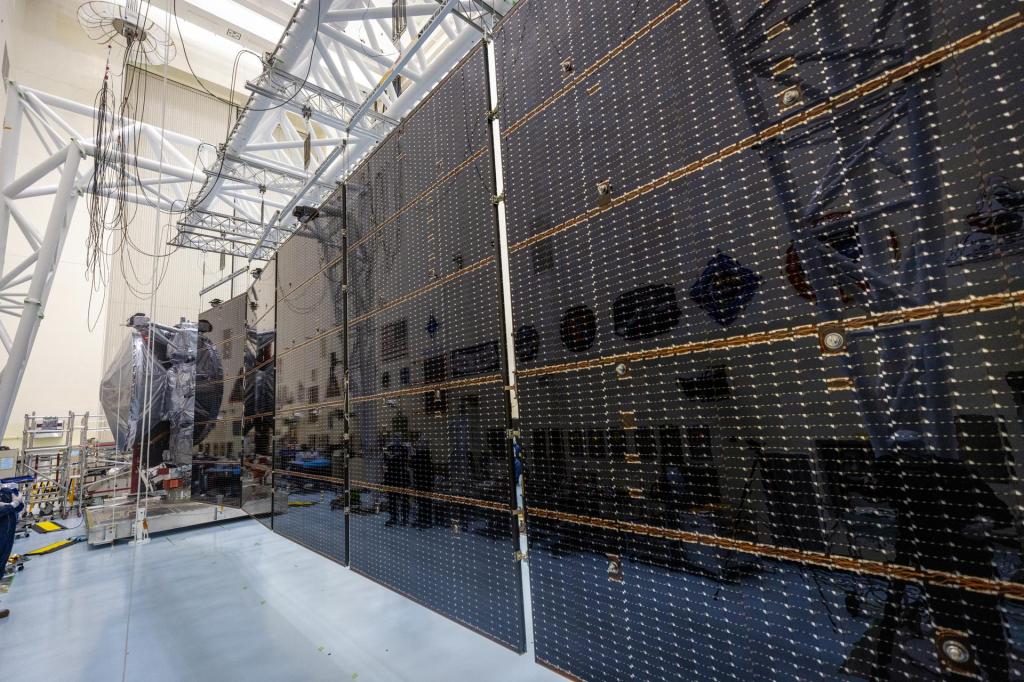
NASA’s Europa Clipper Gets Set of Super-Size Solar Arrays

NASA, Boeing Optimizing Vehicle Assembly Building High Bay for Future SLS Stage Production

NASA Seeks Input for Astrobee Free-flying Space Robots

NASA Funds Studies to Support Crew Performance on Long-Duration Missions

NASA Project in Puerto Rico Trains Students in Marine Biology
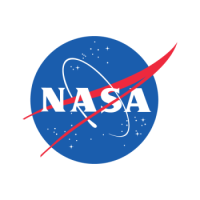
STV Precursor Coincident Datasets

Eclipse Soundscapes AudioMoth Donations Will Study Nature at Night
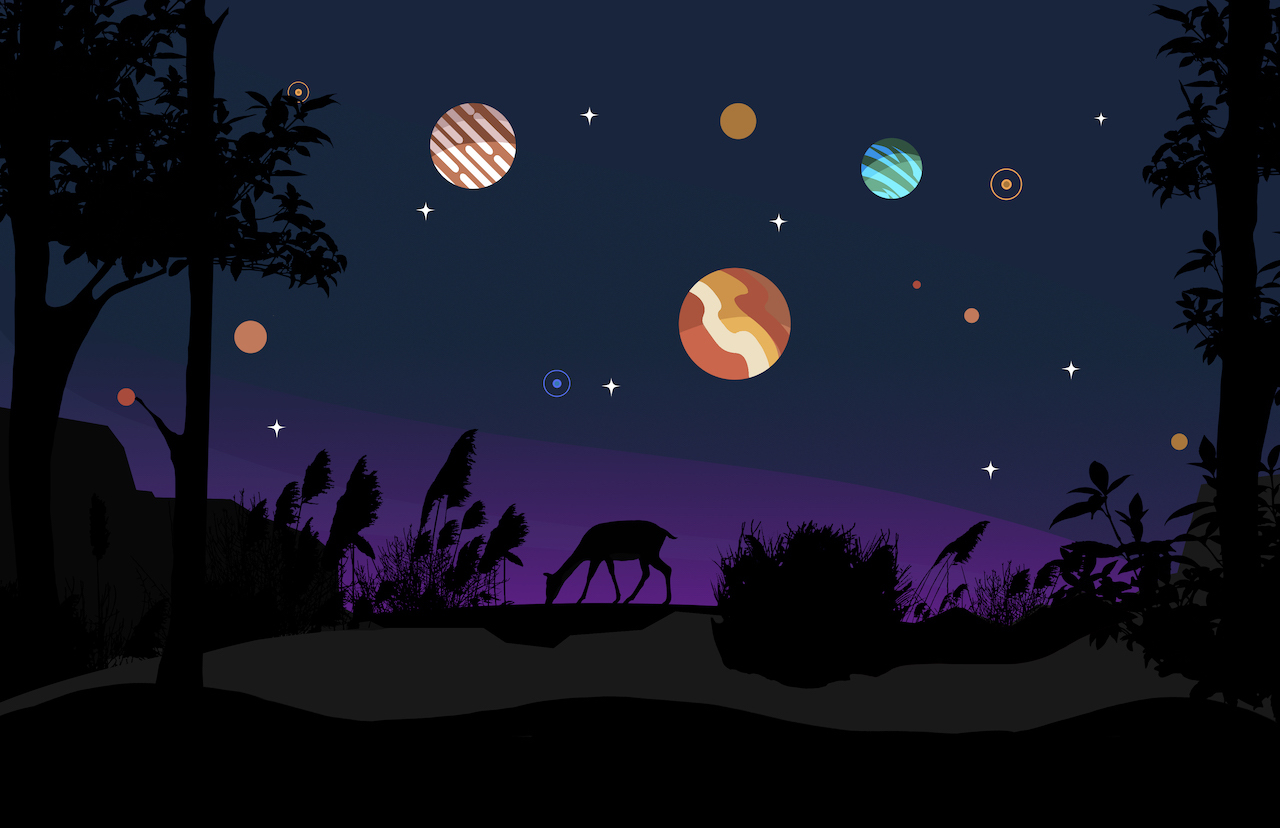
Hubble Traces Star Formation in a Nearby Nebula
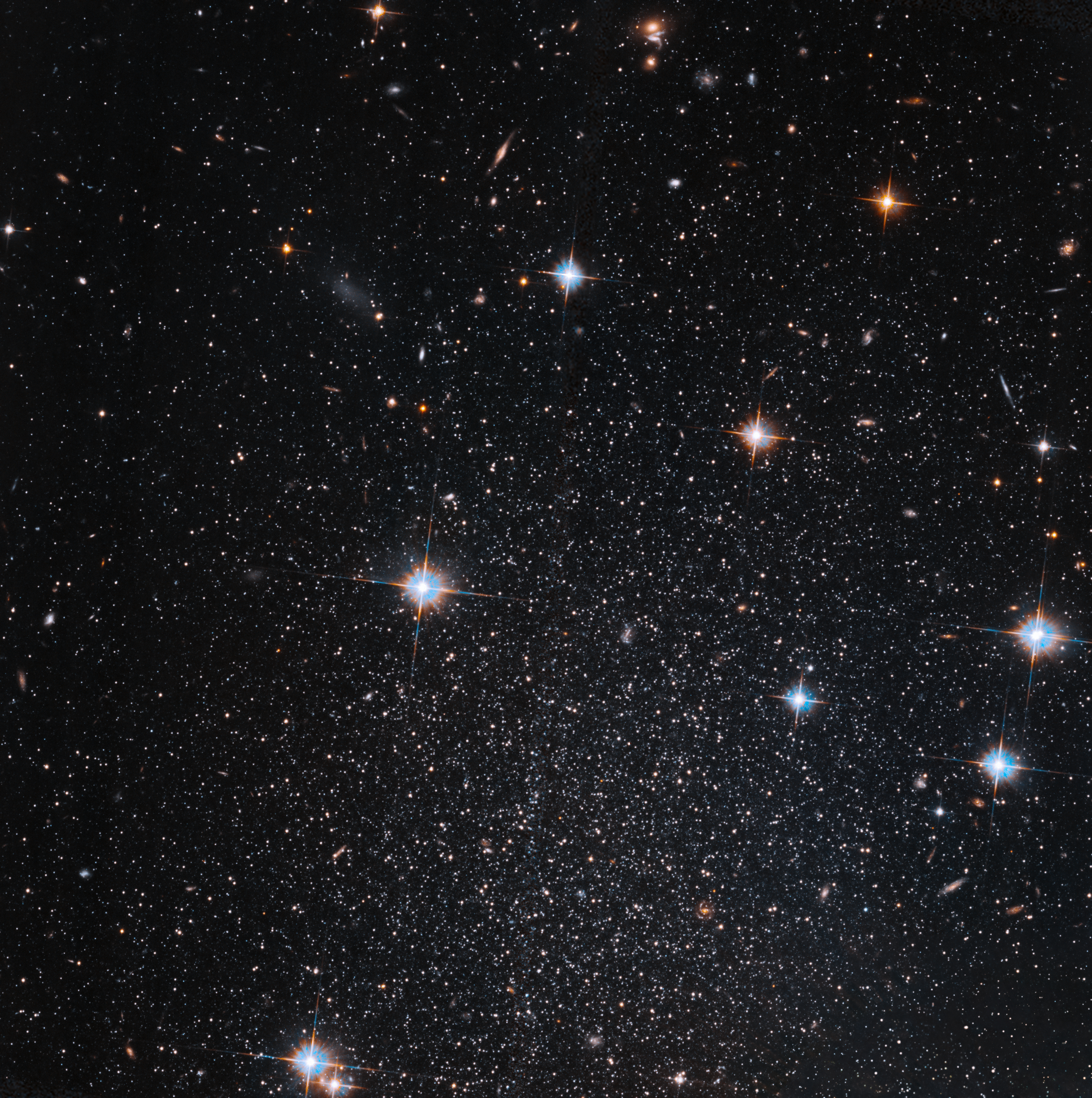
Hubble Pinpoints a Dim, Starry Mini-galaxy
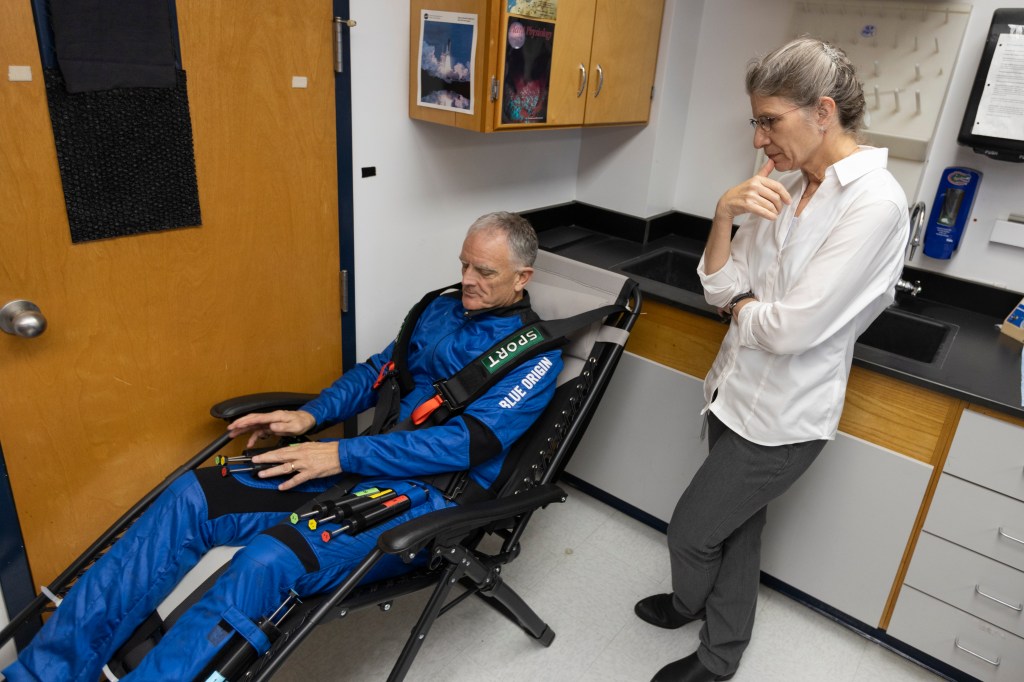
First NASA-Supported Researcher to Fly on Suborbital Rocket
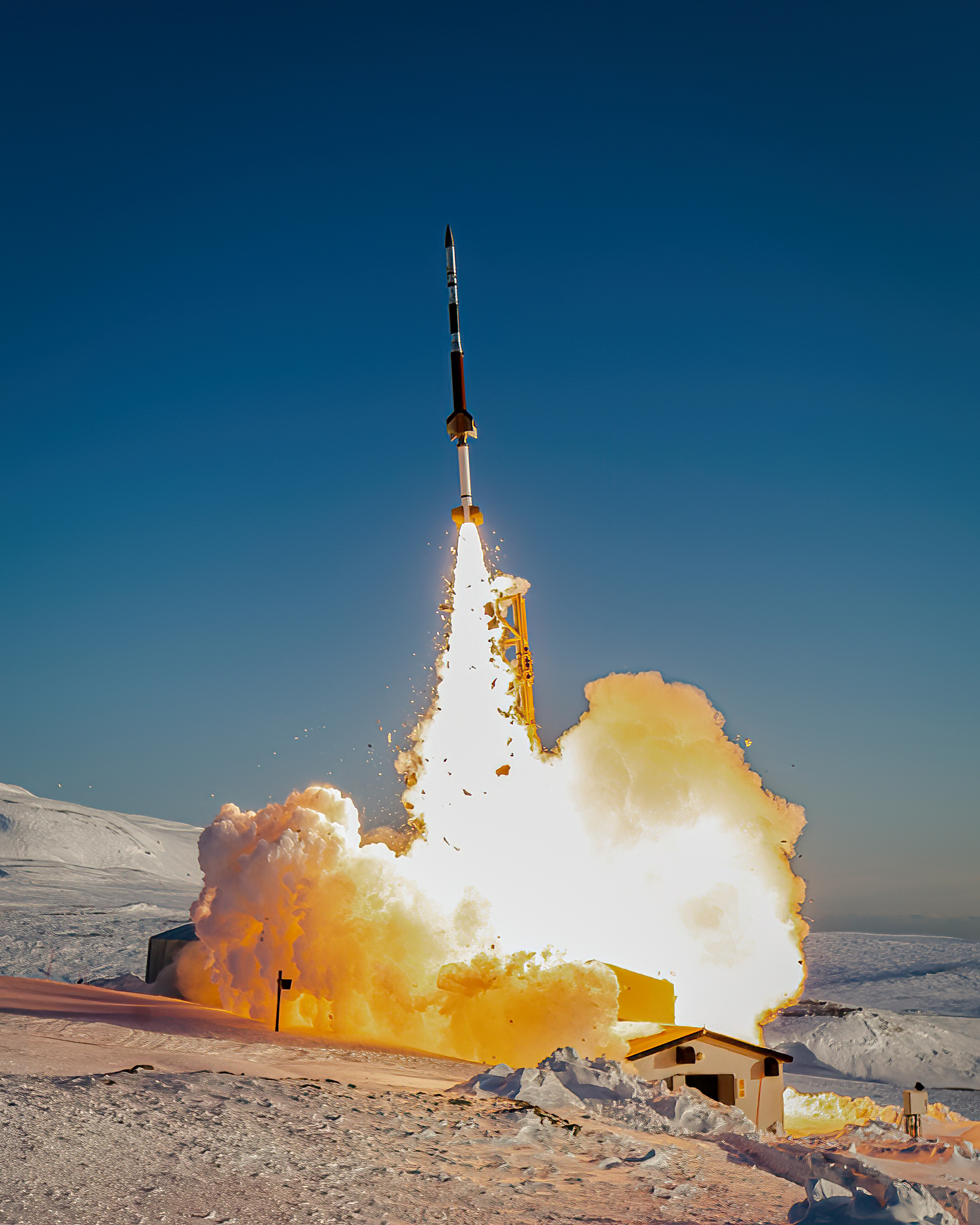
NASA Discovers a Long-Sought Global Electric Field on Earth
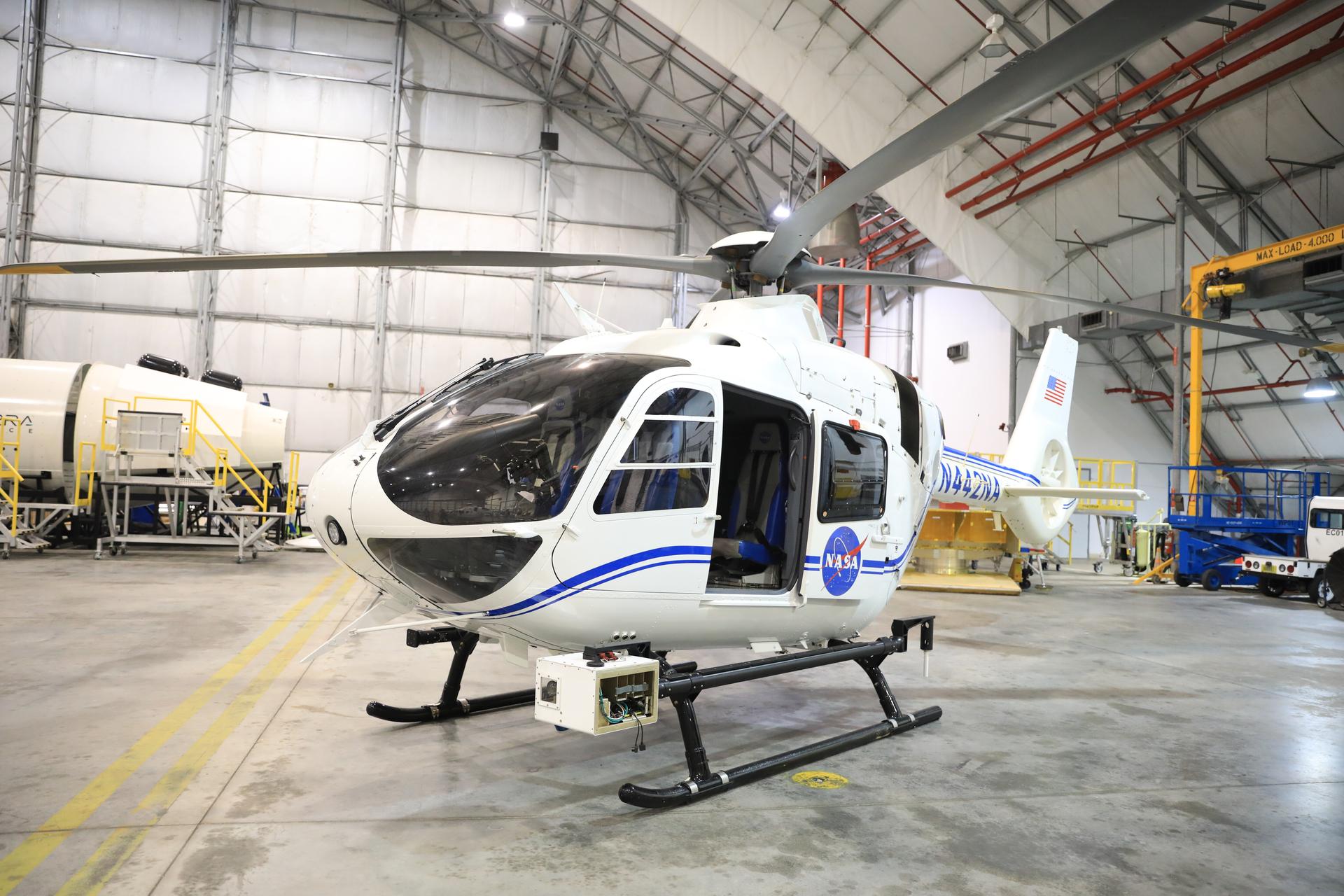
NASA Develops Pod to Help Autonomous Aircraft Operators
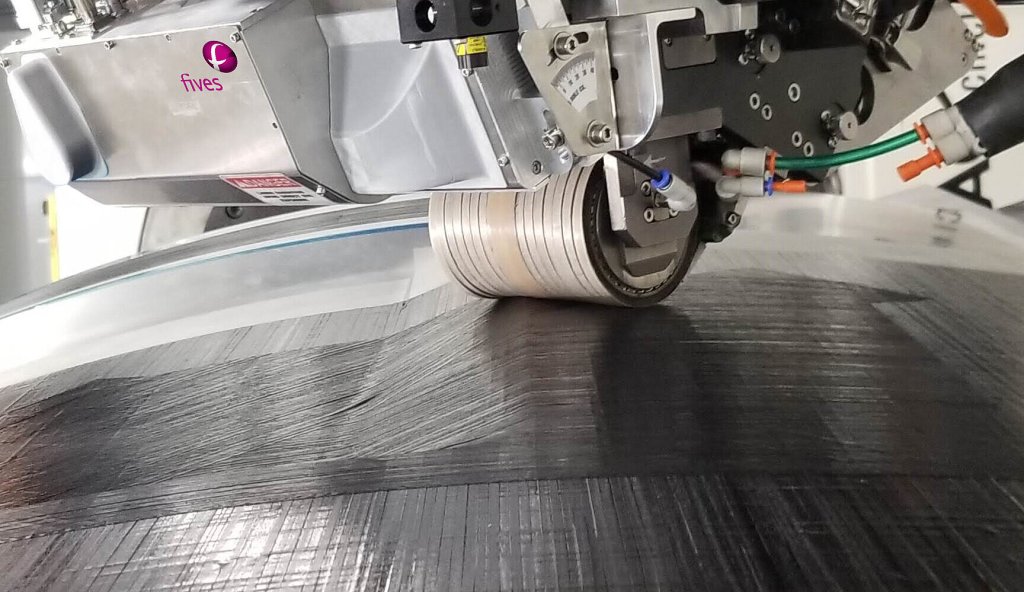
NASA Composite Manufacturing Initiative Gains Two New Members
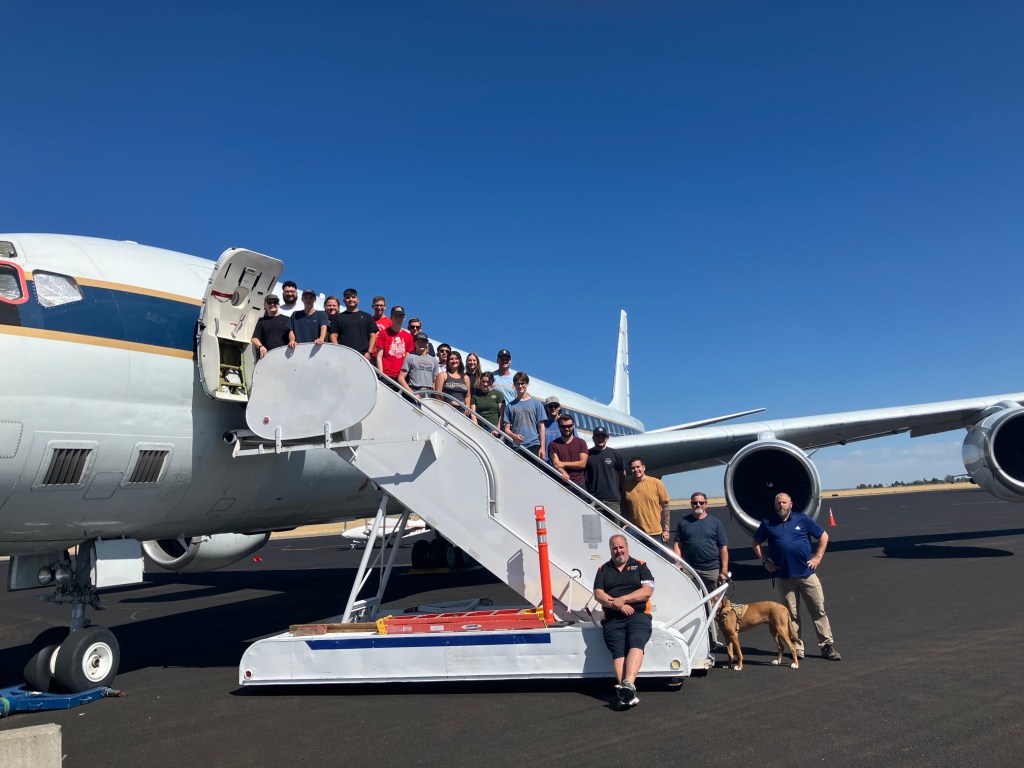
Beyond the Textbook: DC-8 Aircraft Inspires Students in Retirement
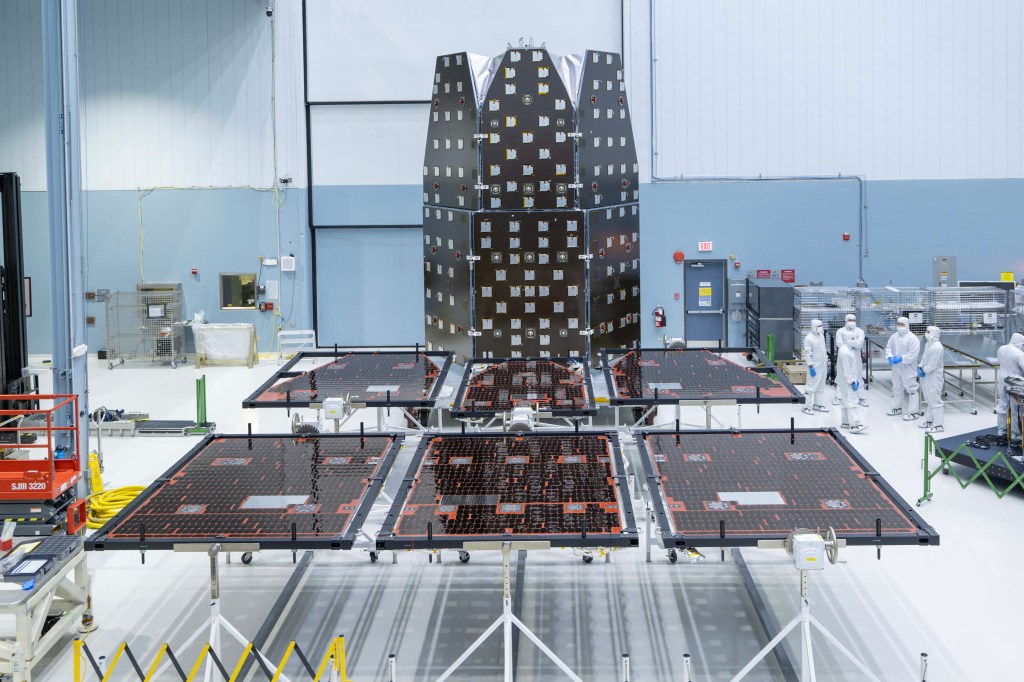
Solar Panels for NASA’s Roman Space Telescope Pass Key Tests

How Do I Navigate NASA Learning Resources and Opportunities?

Cassiopeia A, Then the Cosmos: 25 Years of Chandra X-ray Science
Preguntas frecuentes: estado del retorno de la prueba de vuelo tripulado boeing de la nasa.

Astronauta de la NASA Frank Rubio

Diez maneras en que los estudiantes pueden prepararse para ser astronautas
For the first time, a NASA-funded researcher will fly with their experiment on a commercial suborbital rocket. The technology is one of two NASA-supported experiments, also known as payloads, funded by the agency’s Flight Opportunities program that will launch aboard Blue Origin’s New Shepard suborbital rocket system on a flight test no earlier than Thursday, Aug. 29.
The researcher-tended payload, from the University of Florida in Gainesville, seeks to understand how changes in gravity during spaceflight affect plant biology. Researcher Rob Ferl will activate small, self-contained tubes pre-loaded with plants and preservative to biochemically freeze the samples at various stages of gravity. During the flight, co-principal investigator Anna-Lisa Paul will conduct four identical experiments as a control. After the flight, Ferl and Paul will examine the preserved plants to study the effect of gravity transitions on the plants’ gene expression. Studying how changes in gravity affect plant growth will support future missions to the Moon and Mars.
The university’s flight test was funded by a grant awarded through the Flight Opportunities program’s TechFlights solicitation with additional support from NASA’s Division of Biological and Physical Sciences. This experiment builds on NASA’s long history of supporting plant research and aims to accelerate the pace and productivity of space-based research.
The other Flight Opportunities supported payload is from HeetShield, a small business in Flagstaff, Arizona. Two new thermal protection system materials will be mounted to the outside of New Shepard’s propulsion module to assess their thermal performance in a relevant environment, since conditions will be similar to planetary entry. After the flight, HeetShield will analyze the structure of the materials to determine how they were affected by the flight.
Flight Opportunities, within NASA’s Space Technology Mission Directorate, facilitates demonstration of technologies for space exploration and the expansion of space commerce through suborbital testing with industry flight providers. Through various mechanisms, the program funds flight tests for internal and external technology payloads.
To learn more, visit: https://www.nasa.gov/space-technology-mission-directorate/
Discover More Topics From NASA
- Space Technology Mission Directorate

STMD Solicitations and Opportunities

Access Flight Tests
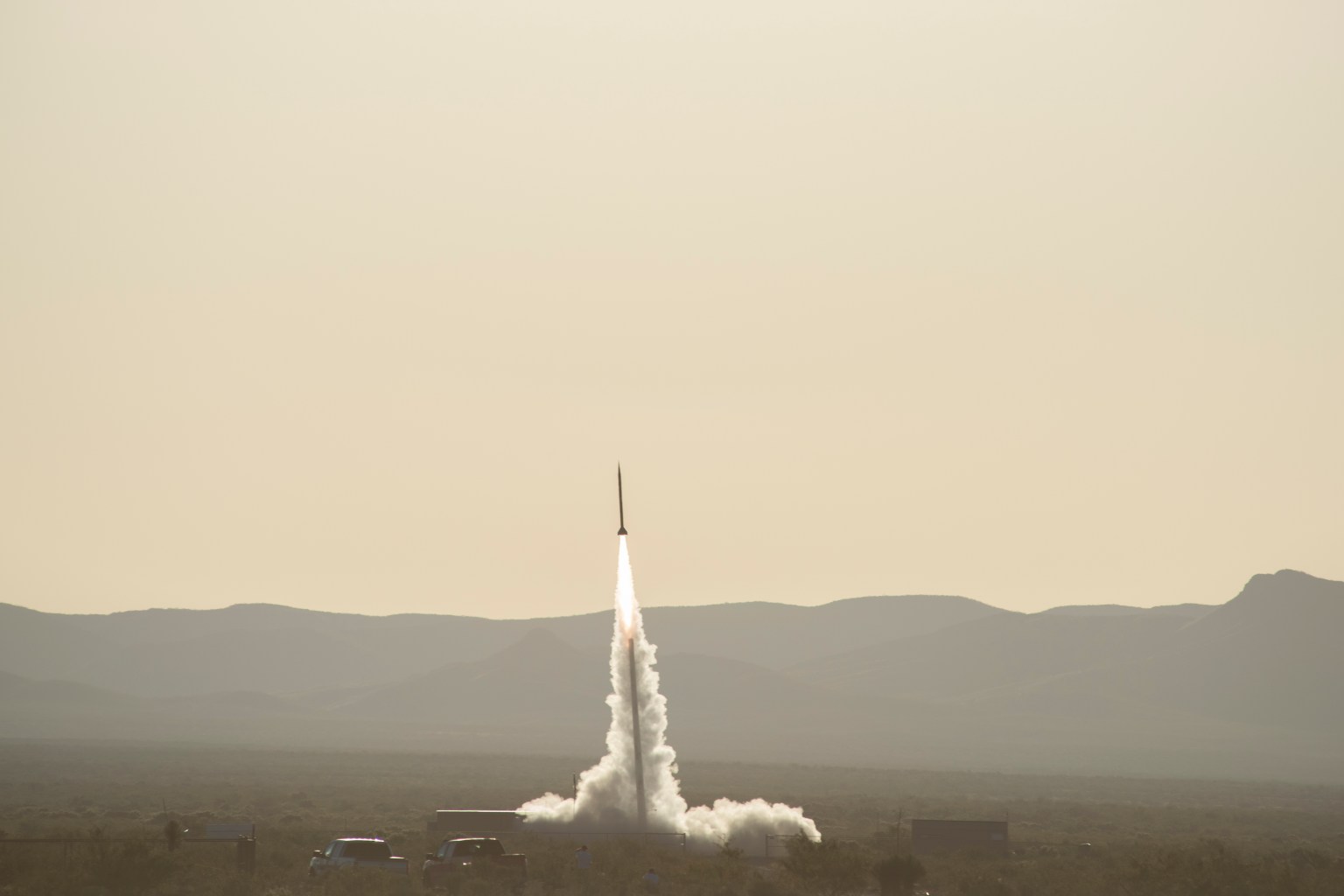
STMD Small Spacecraft Technology

Related Terms
- Armstrong Flight Research Center
- Flight Opportunities Program
- Physical Sciences Program
- Technology for Space Travel
When to visit Denmark: a guide to what’s happening every month

Aug 28, 2024 • 0 min read

Summer in Denmark is peak season in all senses of the word – and beach season, too, at Skagen on the country’s northern tip. Shutterstock
When is the best time to visit Denmark ? Truly, whenever you want.
Tourists visit this Scandinavian star year-round. It’s a popular place for city breaks in the autumn, winter and spring, with trips focused on hiking and outdoor exploration happening largely in the summer.
Indeed, summer is peak season in all senses of the word. The sun shines, with temperatures hitting the mid 20°sC (70–80°F) – and prices reaching sky-high levels. While the weather can be a little less predictable, the shoulder seasons of April to May and September to October offer a similar appeal – but for less.
Because the weather in Denmark it is so changeable – and thus something any Dane will talk about anywhere, anytime – be aware that the country gets buffeted by winds, suffers heavy cloudbursts in the summer months and is a place where you always need to pack waterproof layers. A local saying goes, ”There’s no such thing as bad weather, only bad clothing.” And locals always know best, no?

At a high latitude, Denmark also marks its seasons through extreme swings in its daylight hours. In winter, the sun sets around 3:30pm; in summer, the sky can stay light until 11pm or later. Whatever the time of year, a passion for friluftsliv – outdoor life – obtains.
In Danish culture, as long as you have the right clothes and understanding of what the weather might wreak, it’s fun to embrace this nature-first spirit.
Peak hygge happens from September to November
Post-summer, the late sun continues to linger into September. Danes call this sensommer – and celebrate it as its own little mini season. Indeed, the early part of fall can be wonderful, with long golden days ideal for pursuing water sports, exploring small towns, visiting galleries and sitting at streetside cafes, soaking up the rays. As the days get shorter and colder (it happens quick), Denmark moves into hygge season, when outdoor cafes require wrapping up in blankets – and a cozy vibe is palpable wherever you go.

November and December are best for festive cheer
From the moment the first Christmas beer is served on November 5 until Christmas Day (celebrated in Denmark on December 24), the months of November and December are filled with joy – dark and rainy though they may be. Christmas markets spring up at farm shops, castles and manor houses, and on street corners in every city. One of the best and most popular markets takes place in the Tivoli Gardens in Copenhagen from November 15 to January 5. Look forward to stalls, an ice-skating rink, festive ballets like The Nutcracker and attractions for all ages.
To save money, travel from January to April
After all the Christmas festivities, true Scandinavian winter sets in. This season does’t deliver the weather you would choose for a hiking holiday: sometimes horizontal rain, often high winds and short, dark days. Such weather, however, means that hotel rates are at their cheapest – except, perhaps, at the end of January in Copenhagen, when Fashion Week takes place.
In a bid to attract visitors, Dining Week in February brings set menus at top restaurants at great prices – and a bit of fun. The nationwide music festival Winter Jazz seeks to do the same, while the Copenhagen Light Festival brings together international light designers in an outdoor exhibition designed to buoy the spirits.

March and April bring unpredictable weather – and lots of festivals
As the Danish version of Mardi Gras, Fastelavn , approaches, bakery hysteria reaches fever pitch . Kids gather to hit a piñata-like barrel full of sweets, and bakeries compete to create the most lavish cream-filled buns.
The weather at this time of year is highly changeable. Pack an umbrella for sure – but be ready for snowflakes, high winds or the emergence of spring sun (or perhaps all at the same time). The CPH:DOX documentary film festival offers a safe haven from unpredictable weather along with a world-class program. Horsens Prison runs a crime fiction festival – very on the nose for this cozy time of year. And on March 22, hope returns as Tivoli Gardens in Copenhagen opens for its summer season.
Marathon runners love May and June
The weather is great, flowers are blooming and Danes make the most of it by exercising and socializing. Copenhagen Marathon takes place in May, as does a country-wide event created by King Frederik: the Royal Run , a community-focused event designed to get Denmark moving and held in multiple locations all over the country. June brings music and parties aplenty, from Distortion , Europe’s largest street party, which takes place in Copenhagen; to the Heartland Festival at beautiful Egeskov Castle in Fyn; Northside in Aarhus ; and Copenhell , a metal festival in Copenhagen. Roskilde , Denmark’s most internationally focused music festival, happens each year on the last weekend in June.

July and August are best for weather
School holidays start in July – which is when Danes typically leave the cities to head to a family summer home on the coast or in the countryside. This makes cities feel a little quiet at this time. Among the many charming local festivals taking place across the country is Kerteminde Cherry Festival in July, which celebrates local produce; take a look for herring festivals as well as other parties spotlighting food and sustainability.
Happening each year in the woods near Fredericia, Smukfest is one of Denmark’s most beautiful music and culture festivals. Pride Week in Copenhagen takes place in August and stops traffic with floats, live music and a grand parade.
Explore related stories

Aug 10, 2024 • 6 min read
Famous for its icy winters, steamy summers and busy cultural calendar, Chicago has something going on in every season. Here are the top times to visit.

Jul 20, 2024 • 6 min read

May 7, 2024 • 8 min read

Aug 29, 2024 • 5 min read

Aug 29, 2024 • 7 min read

Aug 28, 2024 • 6 min read

Aug 28, 2024 • 7 min read

A newer version of this visualization is available.
14642: ESCAPADE Spacecraft Specifications
ESCAPADE Launch Phase and Deployment
- Released Wednesday, August 28, 2024
New Glenn’s second stage and payload fairing.Credit: Blue Origin
New Glenn lifts off from Launch Complex 36 in Cape Canaveral, Florida. The vehicle stands over 320-feet tall and is powered by seven BE-4 engines.Credit: Blue Origin
New Glenn ascends toward space.Credit: Blue Origin
The payload fairings are jettisoned as the second stage powers the payload toward its final orbit.Credit: Blue Origin
ESCAPADE’s twin spacecraft separate from New Glenn’s second stage.Credit: Blue Origin
ESCAPADE’s twin spacecraft in transit from Earth to Mars.Credit: Blue Origin
For More Information
- Planets & Moons
- Magnetic Fields
- Magnetosphere
- Mars Arrival
- Mars Orbit Insertion
- Mars Upper Atmosphere
- Martian Atmosphere
Please give credit for this item to: NASA's Scientific Visualization Studio
- Beth Anthony (KBR Wyle Services, LLC)
Release date
This page was originally published on Wednesday, August 28, 2024. This page was last updated on Thursday, August 22, 2024 at 11:17 AM EDT.
ESCAPADE Spacecraft Development Images
Escapade mission posters, escapade mission spacecraft beauty passes, newer versions, escapade spacecraft specifications, you may also like..., no results., an error occurred. please reload this page and try again..

IMAGES
VIDEO
COMMENTS
The solar system is enormous. Making a scale model of the solar system can help students understand the vast distances between planets. Take their understanding a step further with this lesson, which has them determine how long it would take to travel to each of the major planets and the dwarf planet Pluto. Solar System Size and Distance.
NASA's Solar System Interactive (also known as the Orrery) is a live look at the solar system, its planets, moons, comets, and asteroids, as well as the real-time locations of dozens of NASA missions.
Planetary Travel Time The solar system is huge! Using current technology, it takes a long time to get from Earth to another planet. Do the math and figure out just how long! Then, figure out how long it would take if we could travel at the speed of light (~1,079,000,000 km/hr). First, figure out how far you would have to travel, on average, if ...
Eyes on the Solar System. This simulated live view of the solar system allows you to explore the planets, their moons, asteroids, comets and the spacecraft interacting with them in 3D. You can also fast-forward or rewind time, and explore the solar system as it looked from 1950 to 2050, complete with past and future NASA missions.
Classroom Activity. Students will compute the approximate travel time to planets in the solar system using different modes of transportation. Explore standards-aligned lessons from NASA-JPL in science, technology, engineering and math for students for grades K-12. Engage students in NASA missions exploring Earth and space.
The solar system has one star, eight planets, five dwarf planets, at least 290 moons, more than 1.3 million asteroids, and about 3,900 comets. ... please visit NASA/JPL's Solar System Dynamics website. Eyes on the Solar System: A real-time visualization of our solar system using planetary science data. NASA/JPL-Caltech. 10 THINGS about our ...
For decades, NASA's planetary science program has advanced scientific understanding of our solar system in extraordinary ways, pushing the limits of spacecraft and robotic engineering design and operation. NASA spacecraft have visited every planet and a variety of small bodies, and current and upcoming missions will bring back samples from ...
Explore the 3D world of the Solar System. Learn about past and future missions.
Kepler's three laws describe how planetary bodies orbit the Sun. They describe how (1) planets move in elliptical orbits with the Sun as a focus, (2) a planet covers the same area of space in the same amount of time no matter where it is in its orbit, and (3) a planet's orbital period is proportional to the size of its orbit (its semi-major axis).
Liftoff from Earth. NASA's Perseverance Rover began its long journey to Mars on July 30, 2020 by successfully launching from Cape Canaveral Air Force Station on a ULA Atlas V rocket. It began its seven-month journey to the Red Planet, landing there on Feb. 18, 2021. Credits: NASA/JPL-Caltech.
The answer is simply light. The term "light-year" shows up a lot in astronomy. This is a measure of distance that means exactly what it says - the distance that light travels in one year. Given that the speed of light is 186,000 miles (299,000 kilometers) per second, light can cover some serious ground over the course of 365 days.
Stephanie L. Smith. NASA's Jet Propulsion Laboratory, Pasadena, Calif. 818-393-5464. [email protected]. Dwayne Brown. 202-358-1726. [email protected]. 2011-277. NASA is giving the public the power to journey through the solar system using a new interactive Web-based tool.
Knowing the heliocentric longitudes of the planets on a given date and the relative distances of the planets from the Sun, students can create a realistic radial, or circular, model of the Solar System. This model can be used to understand which planets will be visible in the night sky, and when and where they will be visible, as well as why we ...
Image Credit: NASA. Neptune. At Neptune, Voyager 2 discovered five moons, four rings, and a "Great Dark Spot" that vanished by the time the Hubble Space Telescope imaged Neptune five years later. Neptune's largest moon, Triton, was found to be the coldest known planetary body in the solar system, with a nitrogen ice "volcano" on its surface.
Voyager 1 has been exploring our solar system since 1977. The probe is now in interstellar space, the region outside the heliopause, or the bubble of energetic particles and magnetic fields from the Sun. Voyager 1 was launched after Voyager 2, but because of a faster route it exited the asteroid belt earlier than its twin, and it overtook Voyager 2 on Dec. 15, 1977.
The James Webb Space Telescope is an orbiting infrared observatory that will look to the beginning of time and to hunt for the unobserved formation of the first galaxies, as well as to look inside dust clouds where stars and planetary systems are forming today. Much closer to home, NASA has sent five robotic vehicles, called rovers, to Mars.
And we're sharing what we learn, freely and openly, for the good of life on Earth. NASA's Planetary Missions Program brings together three series of robotic exploration missions — Discovery, New Frontiers and Solar System Exploration. The program is part of the agency's Science Mission Directorate. Find us on Facebook at NASA Planetary ...
In Summary: Yes, time travel is indeed a real thing. But it's not quite what you've probably seen in the movies. Under certain conditions, it is possible to experience time passing at a different rate than 1 second per second. And there are important reasons why we need to understand this real-world form of time travel.
NASA's Deep Dive Planetary Website. Launched in October 1998, the Solar System Exploration website is a real-time, living encyclopedia of the robotic exploration of our solar system. We provide the public with reliable, accurate, up-to-date information about the planets, moons, asteroids, comets and everything else in our solar system.
Explore the 3D world of Asteroids, Comets and NEOs. Learn about past and future missions, tracking and predicting orbits, and close approaches to Earth.
1 / 6. NASA explores the unknown in air and space, innovates for the benefit of humanity, and inspires the world through discovery. This set of 360 surfaces and travel posters envision a day when the creativity of scientists and engineers will allow us to do things we can only dream of now.
On the Sun Spot, we have been exploring the various instruments on Voyager 2 one at a time, and analyzing how scientists read the individual sets of data sent to Earth from the far-reaching spacecraft.But one instrument we have not yet talked about is Voyager 2's Magnetometer, or MAG for short. During the Voyagers' first planetary mission, the MAG was designed to investigate the ...
Interplanetary spaceflight or interplanetary travel is the crewed or uncrewed travel between stars and planets, usually within a single planetary system. [1] In practice, spaceflights of this type are confined to travel between the planets of the Solar System.Uncrewed space probes have flown to all the observed planets in the Solar System as well as to dwarf planets Pluto and Ceres, and ...
For the first time, a NASA-funded researcher will fly with their experiment on a commercial suborbital rocket. The technology is one of two NASA-supported experiments, also known as payloads, funded by the agency's Flight Opportunities program that will launch aboard Blue Origin's New Shepard suborbital rocket system on a flight test no earlier than Thursday, Aug. 29.
Using observations from a NASA suborbital rocket, an international team of scientists has, for the first time, successfully measured a planet-wide electric field thought to be as fundamental to ...
Pack an umbrella for sure - but be ready for snowflakes, high winds or the emergence of spring sun (or perhaps all at the same time). The CPH:DOX documentary film festival offers a safe haven from unpredictable weather along with a world-class program. Horsens Prison runs a crime fiction festival - very on the nose for this cozy time of year.
The Escape and Plasma Acceleration and Dynamics Explorers, or ESCAPADE, will use two identical spacecraft to investigate how the solar wind interacts with Mars' magnetic environment and how this interaction drives the planet's atmospheric escape. The first multi-spacecraft orbital science mission to the Red Planet, ESCAPADE's twin orbiters will take simultaneous observations from ...